Stay Active – Strong Body, Strong Mind
Stay Active 🏃
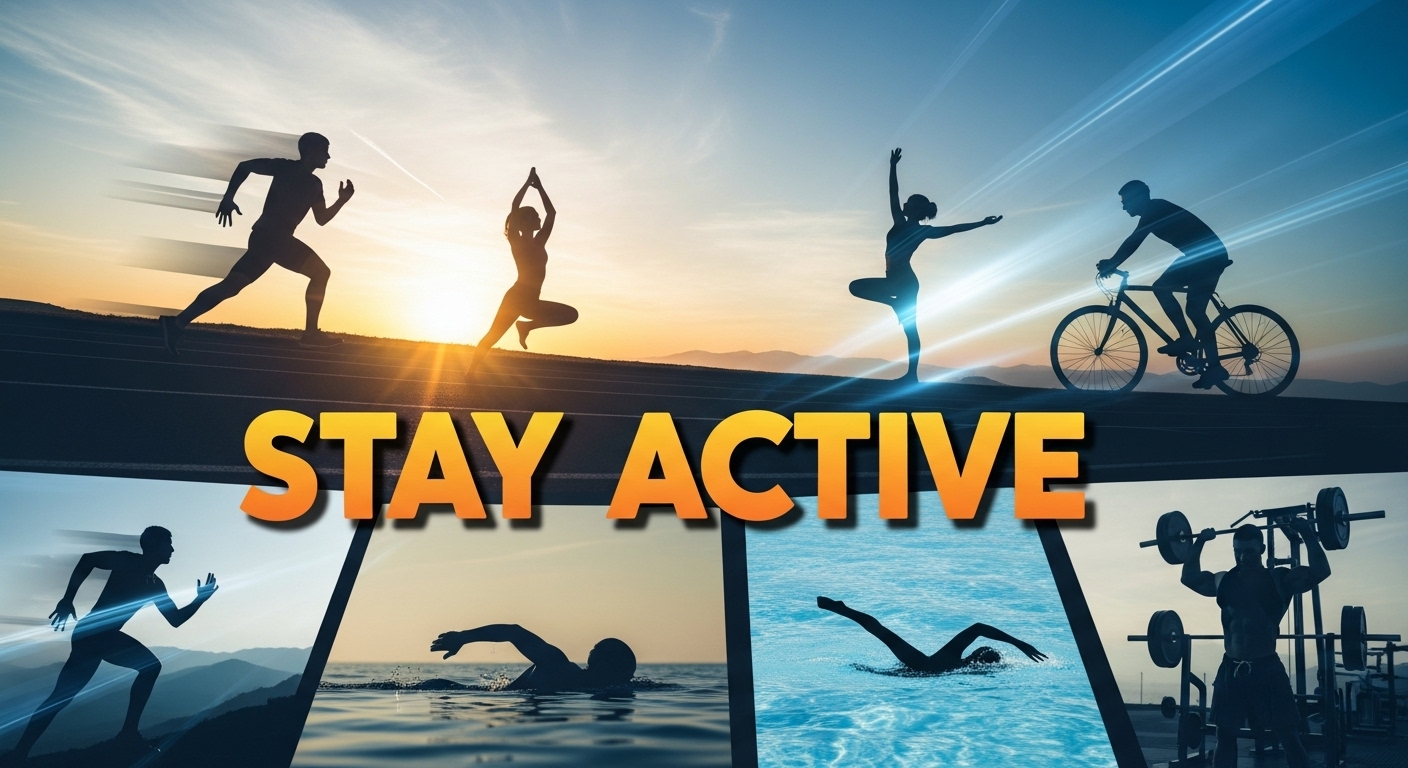
Staying active isn’t just about hitting the gym — it’s about weaving movement into your daily life so it feels natural and enjoyable.
💡 Why It Matters
- Boosts energy and mood
- Improves heart health and strength
- Keeps your mind sharp
- Maintains flexibility and balance
🚶 Simple Ways to Stay Active Every Day
- Morning Stretch & Warm-Up – Wake your body gently with stretches.
- Walk Whenever Possible – Take the stairs, park farther, stroll during calls.
- Dance Breaks – Play your favorite song and move!
- Mini Workouts – Short bursts of squats, push-ups, or jumping jacks between tasks.
- Active Hobbies – Gardening, cycling, swimming, or playing a sport you love.
🧠 Mindset Shift
Think of movement as self-care, not a chore. It’s your body’s way of celebrating life — not punishing yourself.
🌅 Morning Stretch & Warm-Up
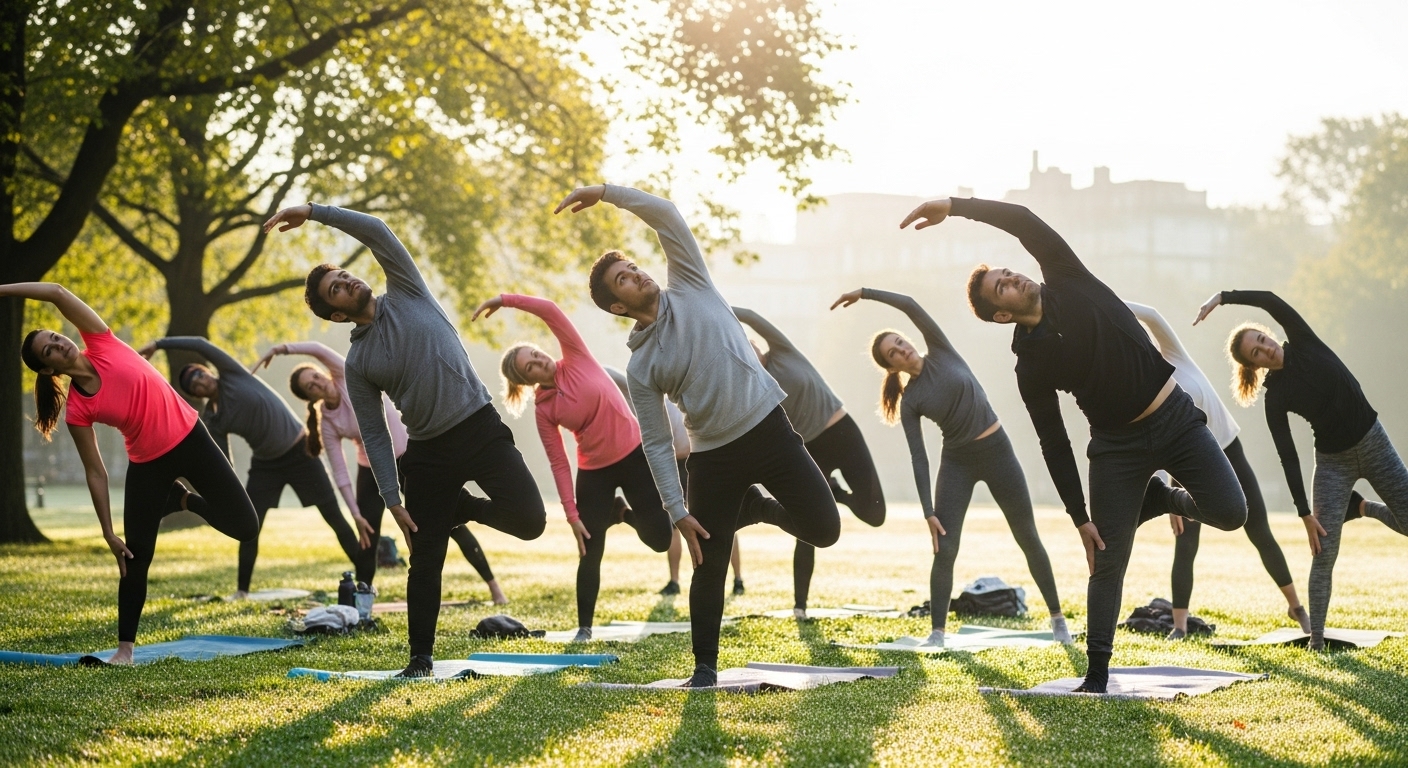
Start your day by waking up your muscles, joints, and mind. Just 5–10 minutes can make a big difference in your energy levels and posture throughout the day.
Why It’s Important
- Loosens stiff muscles after sleep
- Boosts blood flow and oxygen to the brain
- Prepares your body for daily movement
- Improves flexibility and reduces risk of injury
Simple Routine (5–10 min)
-
Neck Rolls – Gently roll your head in circles (5 times each way).

-
Shoulder Rolls – Forward and backward (10 reps each).
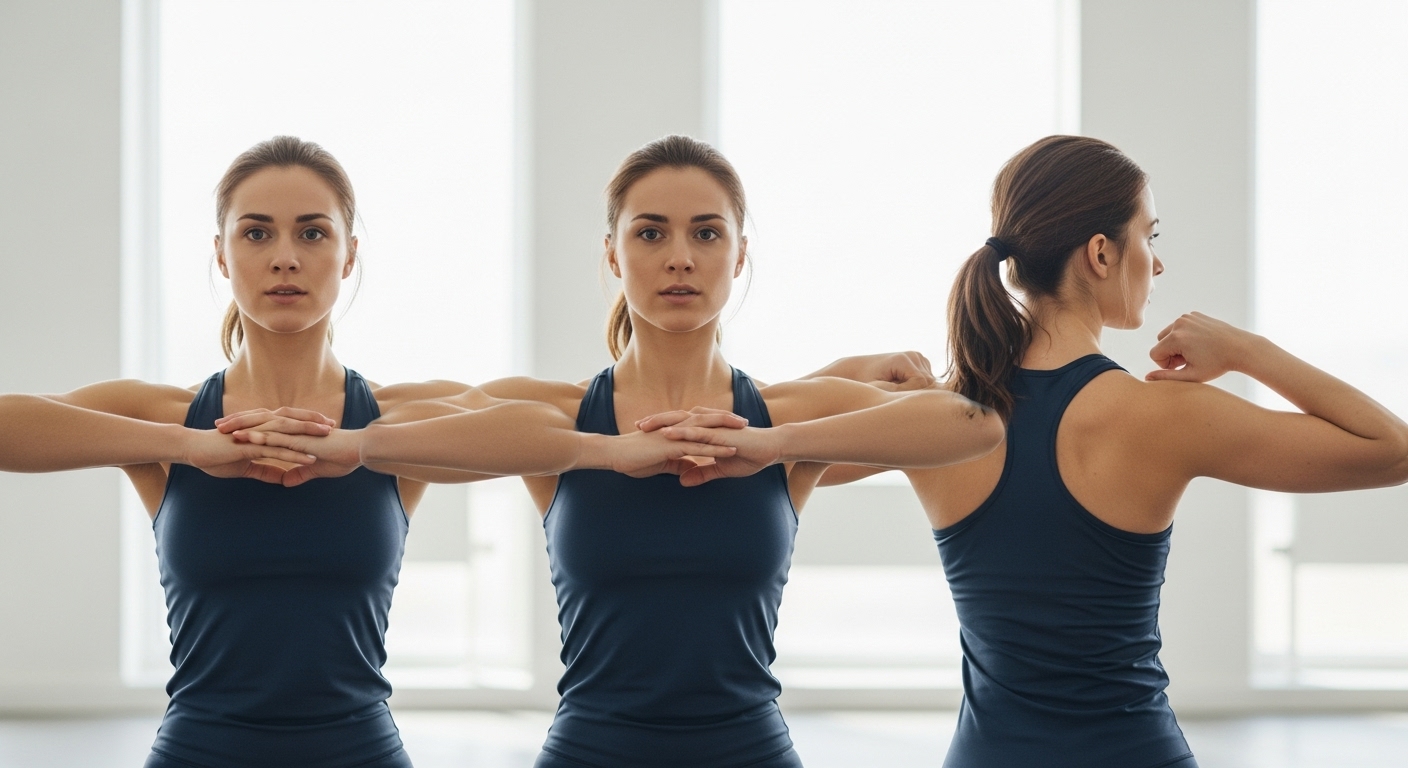
-
Torso Twists – Twist gently side-to-side to loosen your spine.
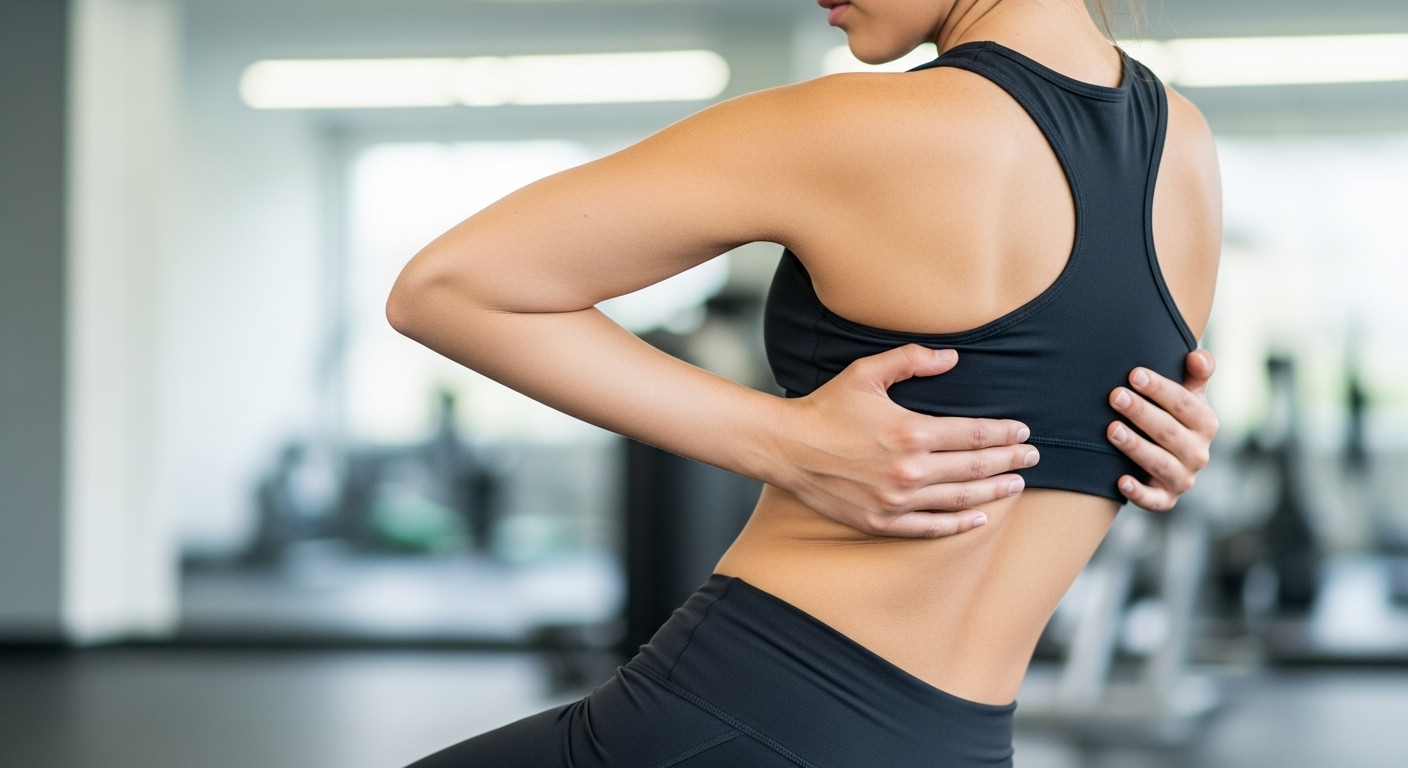
-
Forward Fold Stretch – Bend forward, let your arms hang, breathe deeply.
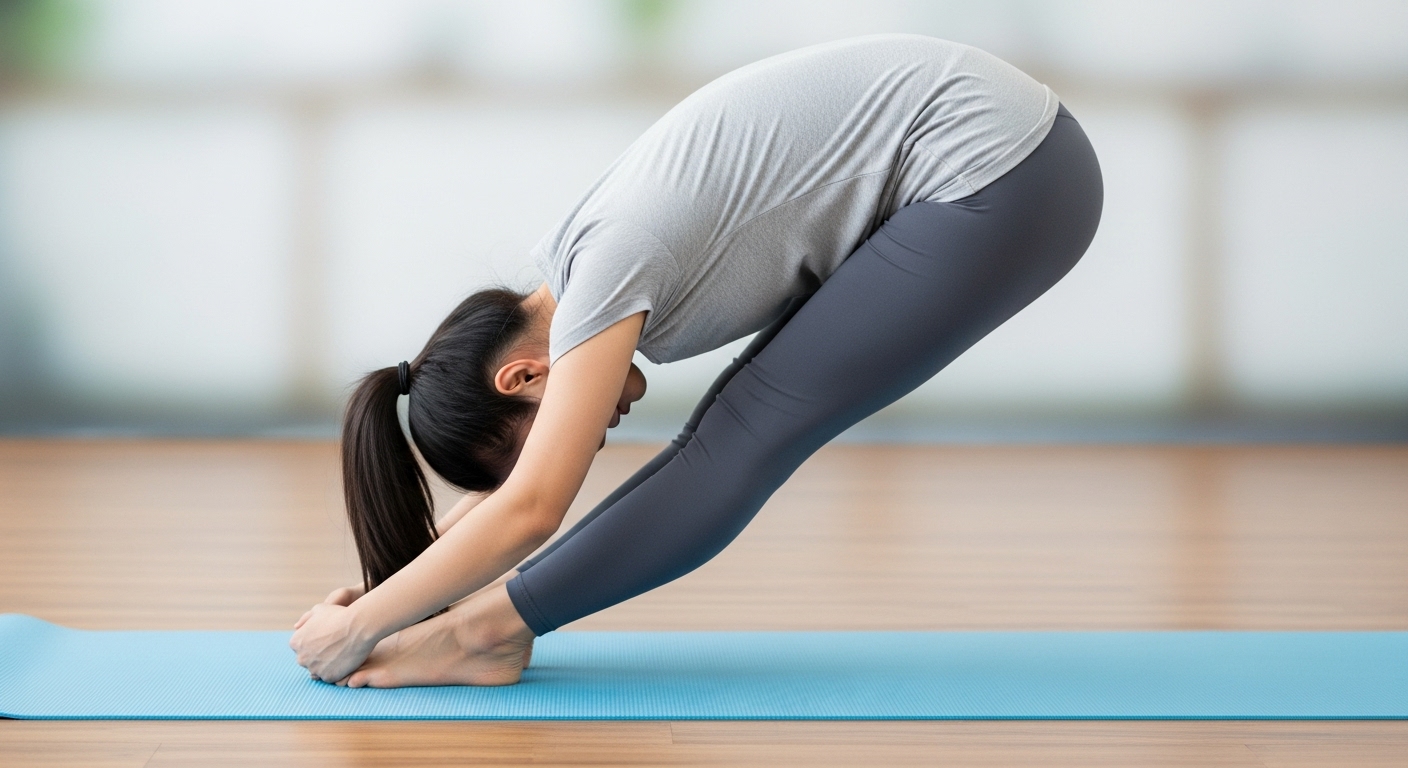
-
Standing Side Stretch – Reach one arm overhead and lean to the side (hold 15 sec each side).
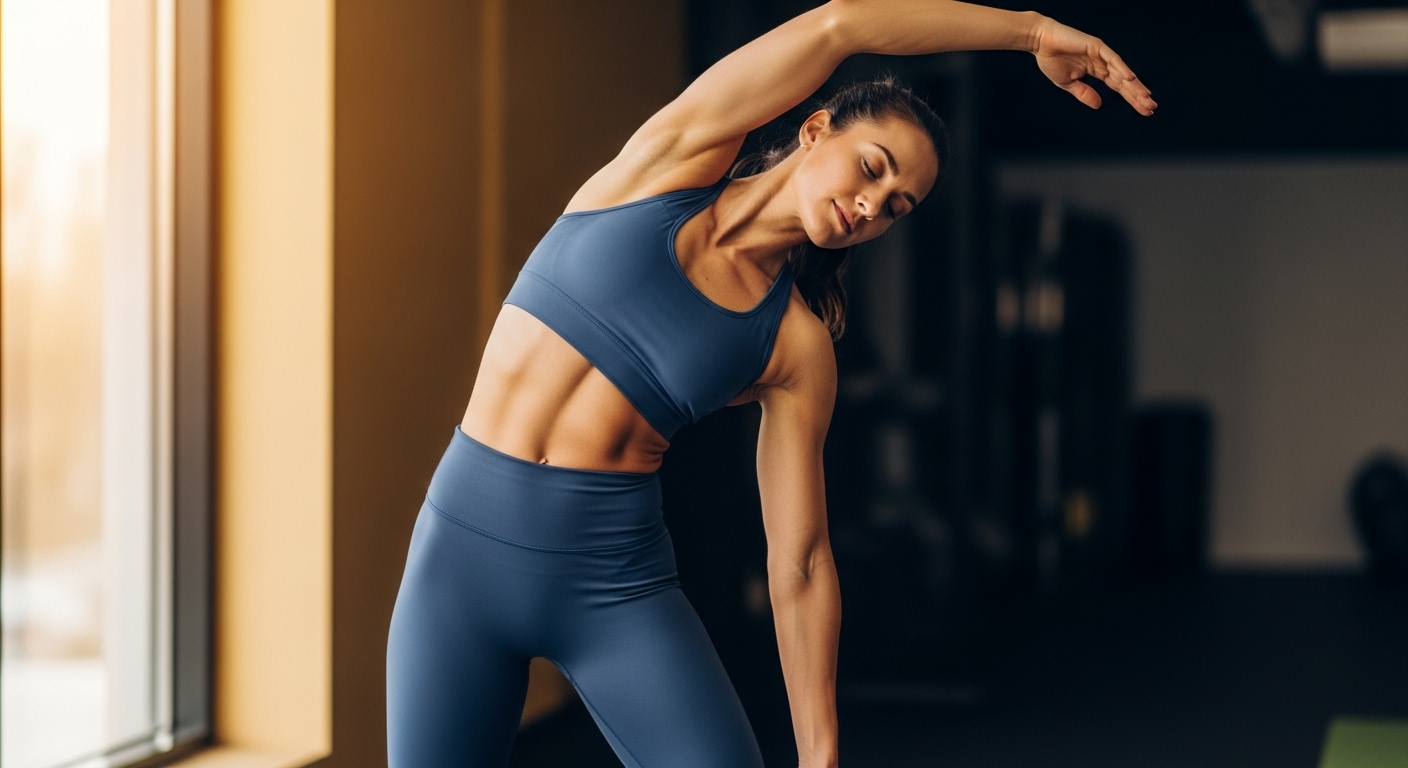
-
Calf Raises – Rise onto toes and slowly lower down (15 reps).
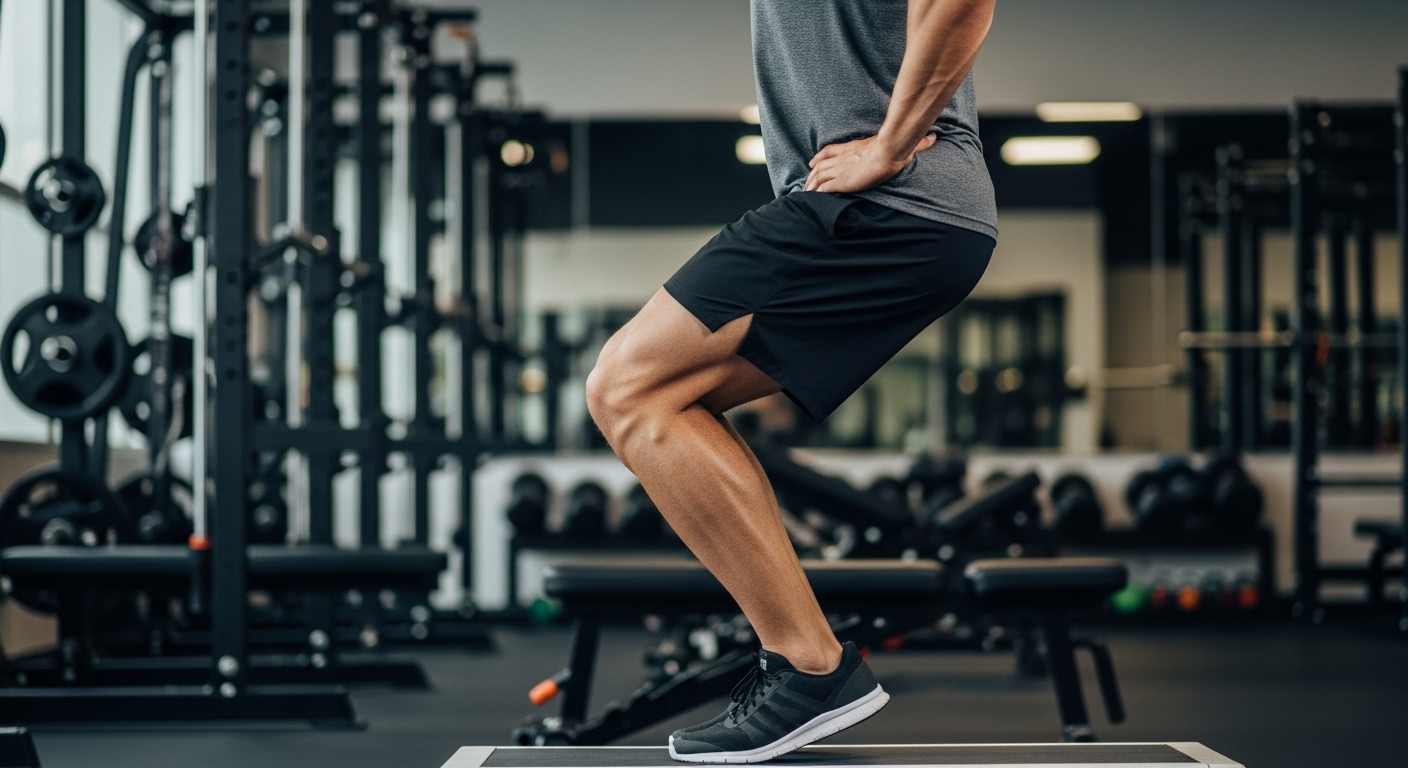
Tip
Play calming or upbeat music to make your warm-up more enjoyable.
🚶♀️ Walk More
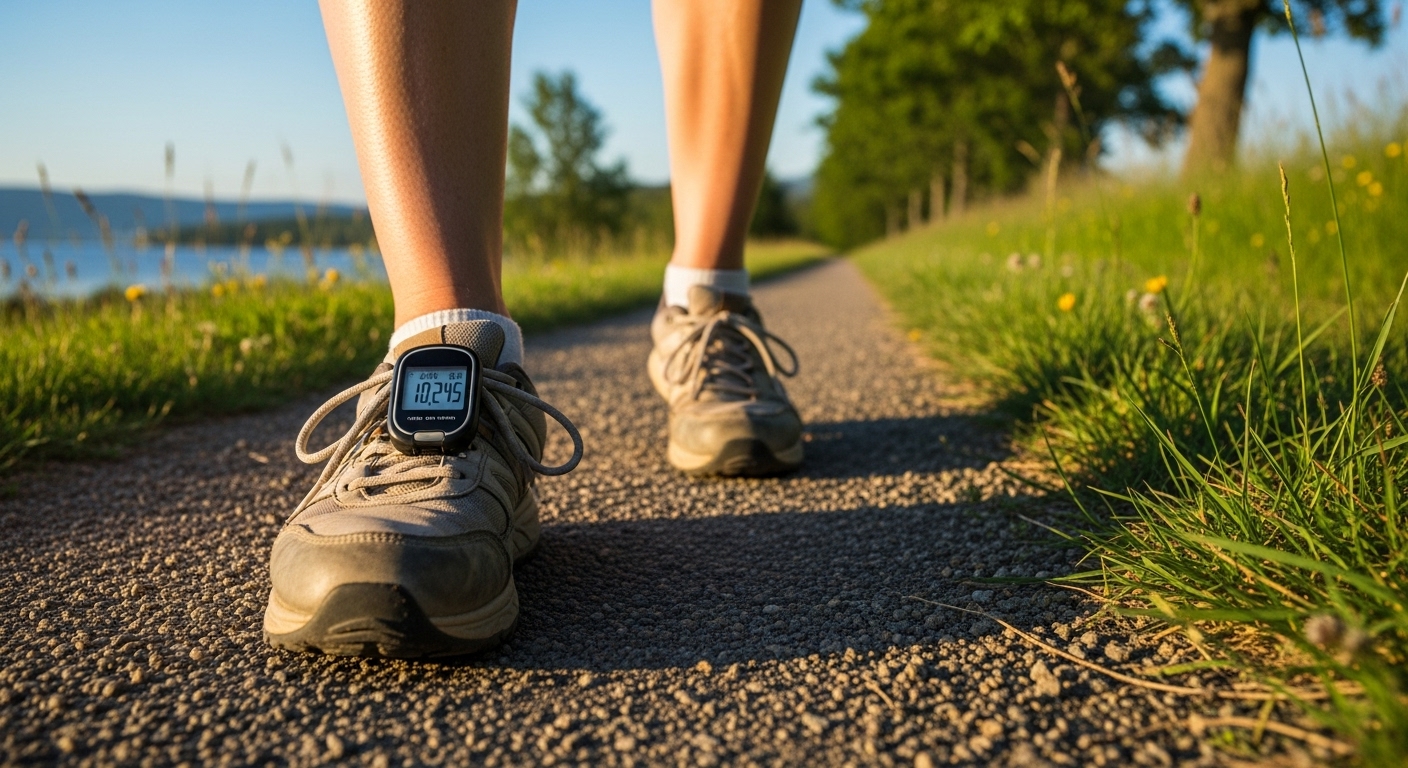
Walking is one of the simplest and most effective ways to stay active. It improves your overall health, boosts your mood, and can easily be added into your daily routine without special equipment.
Why Walking Works
- Improves heart health and circulation
- Helps maintain a healthy weight
- Boosts energy and mood naturally
- Reduces stress and clears the mind
Easy Ways to Walk More
- Take the stairs instead of the elevator
- Park farther from your destination
- Plan walking meetings or calls
- Walk your dog or join a walking group
- Explore local parks and trails
Tip
Aim for at least 8,000–10,000 steps a day, but remember—even short walks throughout the day add up and make a big difference!
🪑 Desk Exercises

Long hours at a desk can make your muscles stiff and your energy crash. These quick exercises help you stay alert, improve posture, and keep your blood moving — without even leaving your workspace.
Why They Help
- Reduce neck, shoulder, and back tension
- Improve circulation
- Boost focus and productivity
- Prevent stiffness from prolonged sitting
Quick Desk-Friendly Moves (2–5 min)
-
Seated Marches – Lift your knees one at a time as if marching in place.
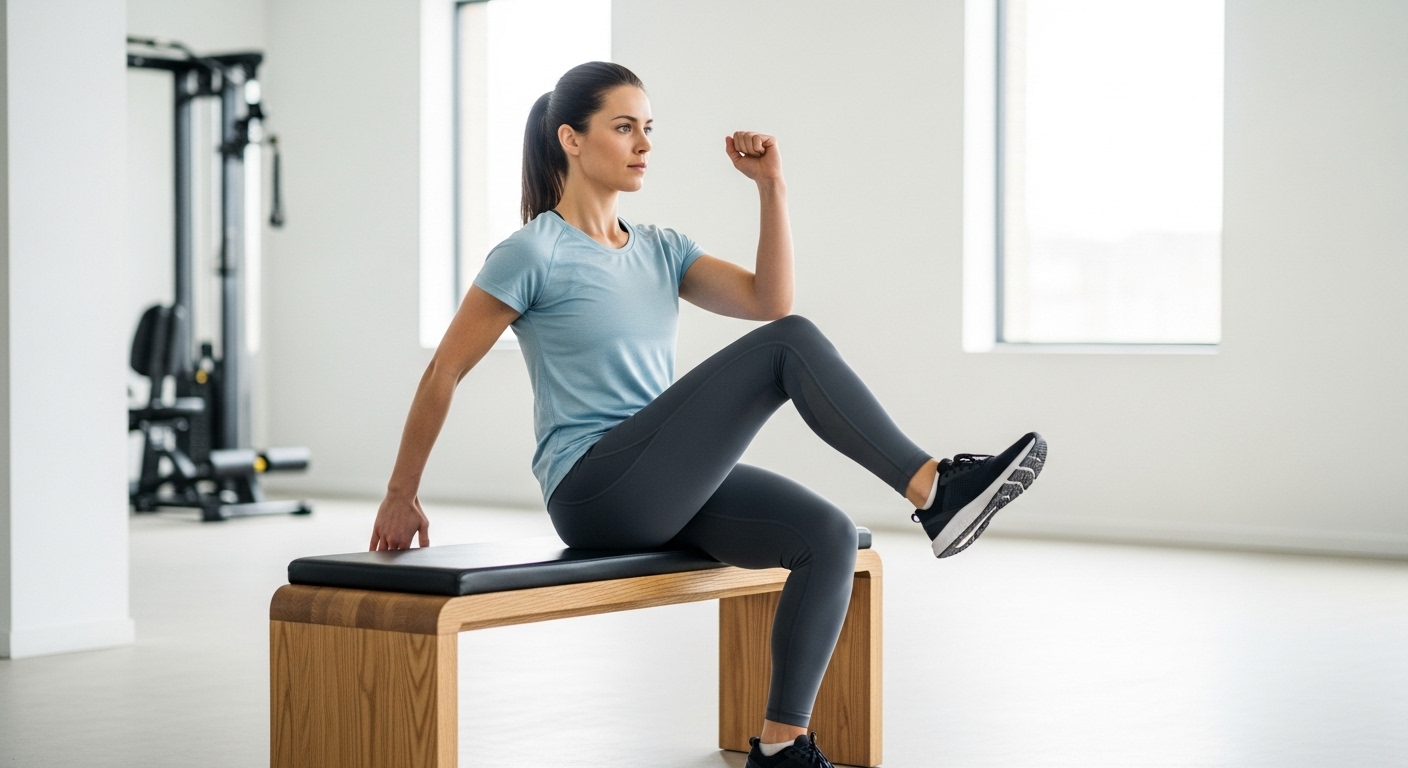
-
Neck Stretches – Tilt your head side to side and hold for 10–15 seconds each side.
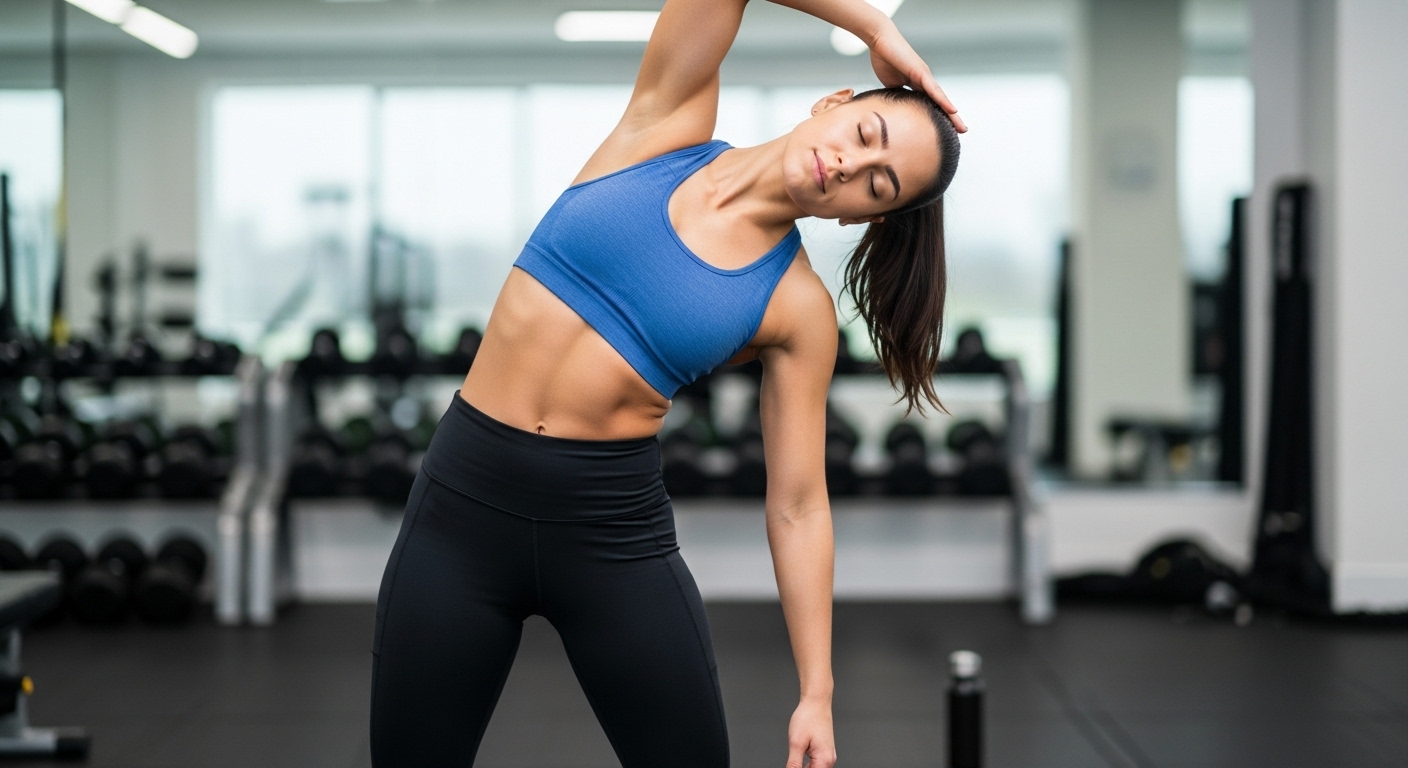
-
Shoulder Shrugs – Lift shoulders up toward ears, hold, then relax (10 reps).
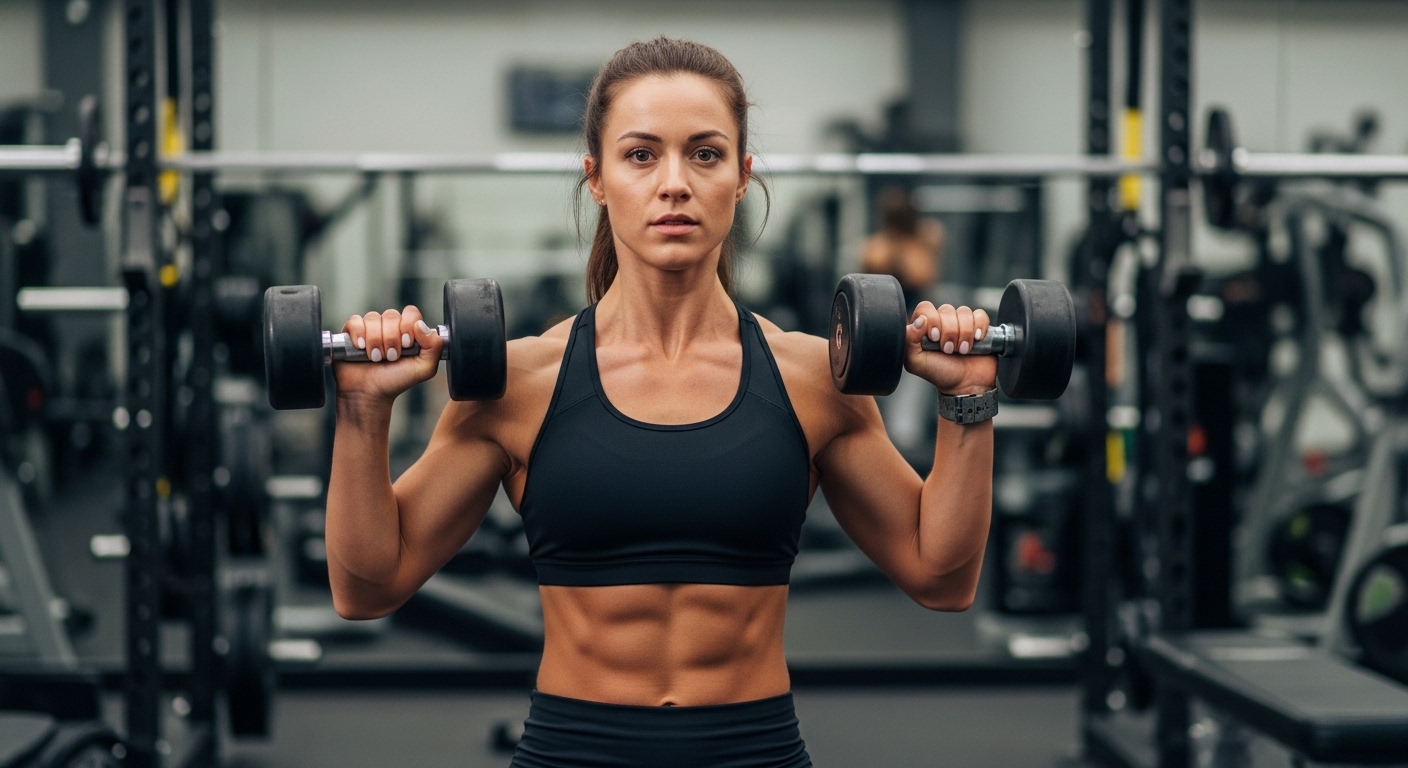
-
Seated Torso Twist – Hold the back of your chair and twist gently (10 reps each side).
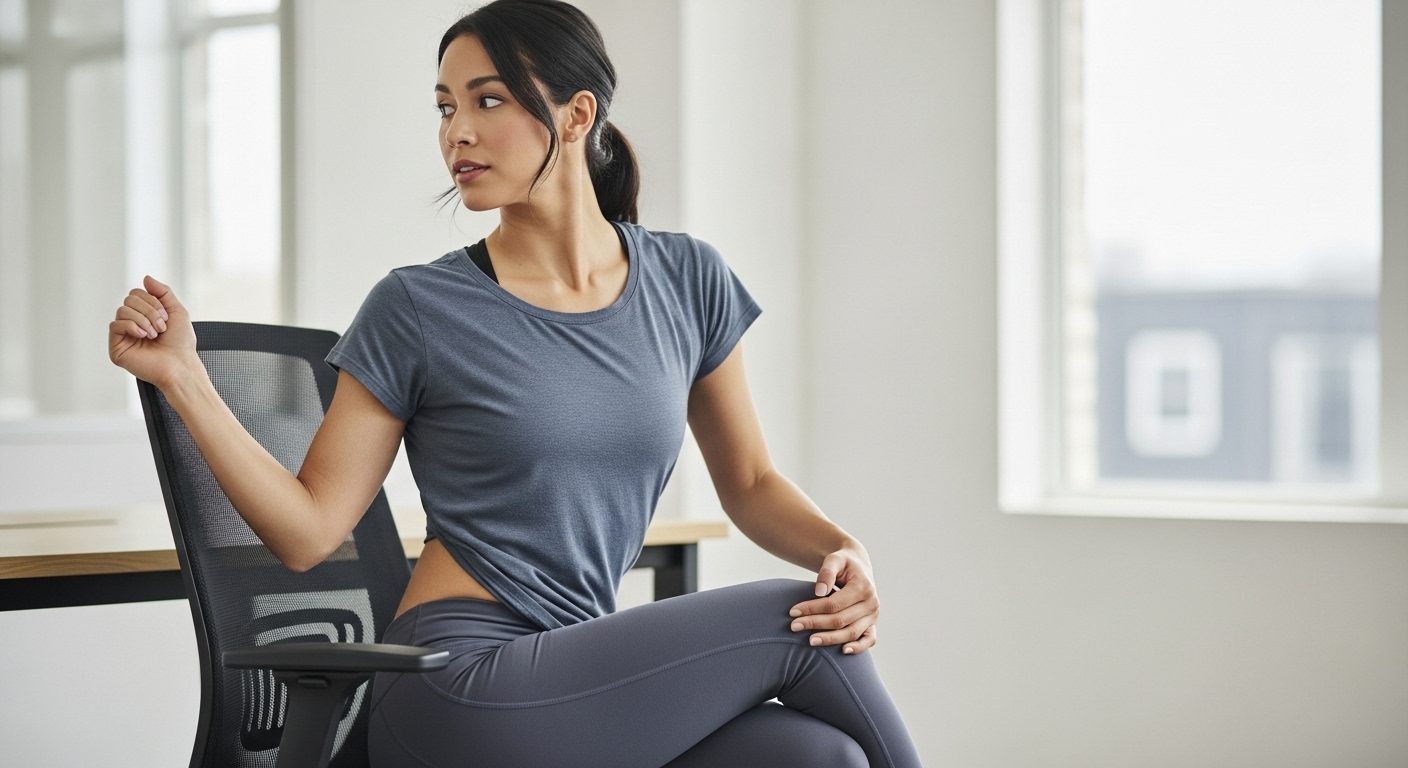
-
Ankle Circles – Lift one foot off the floor and rotate your ankle in both directions.
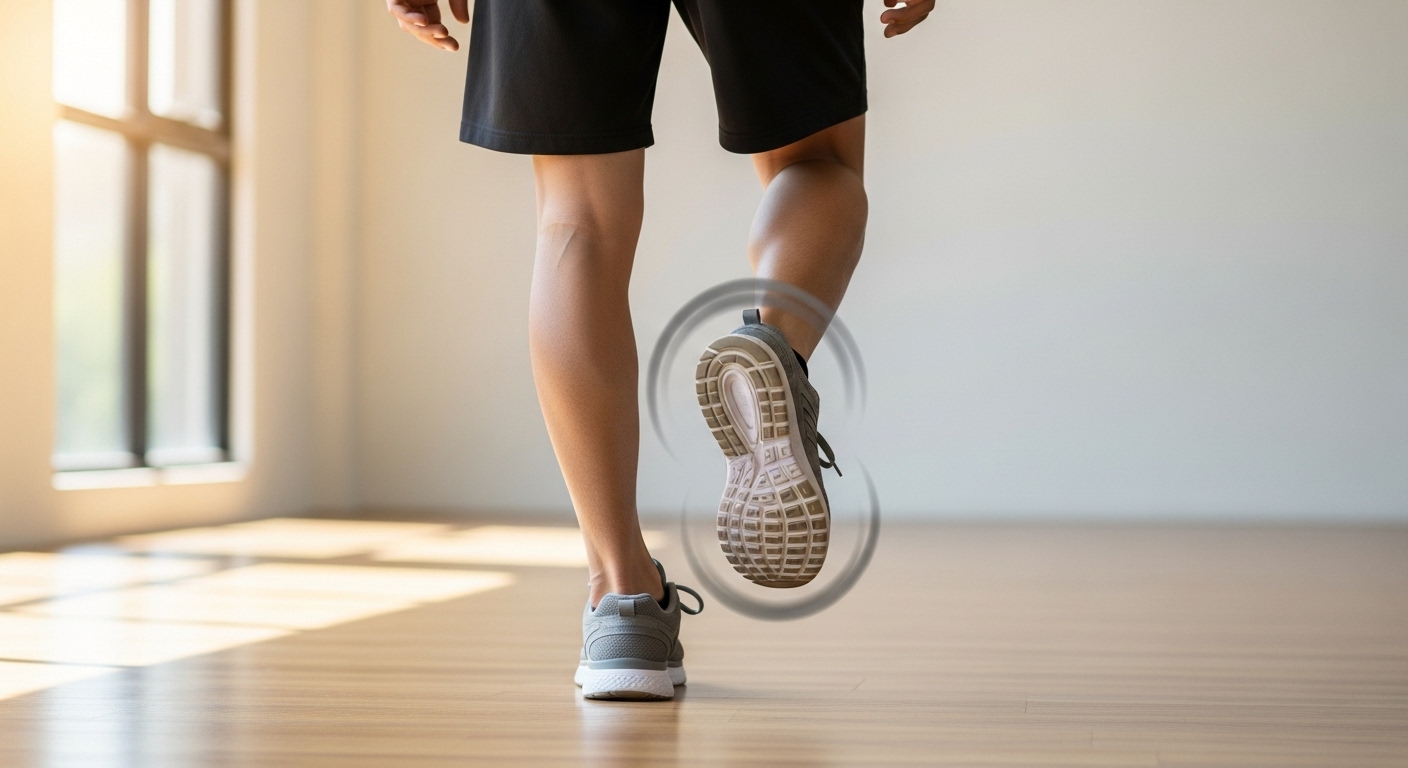
-
Wrist Rolls – Rotate wrists slowly to ease typing strain.
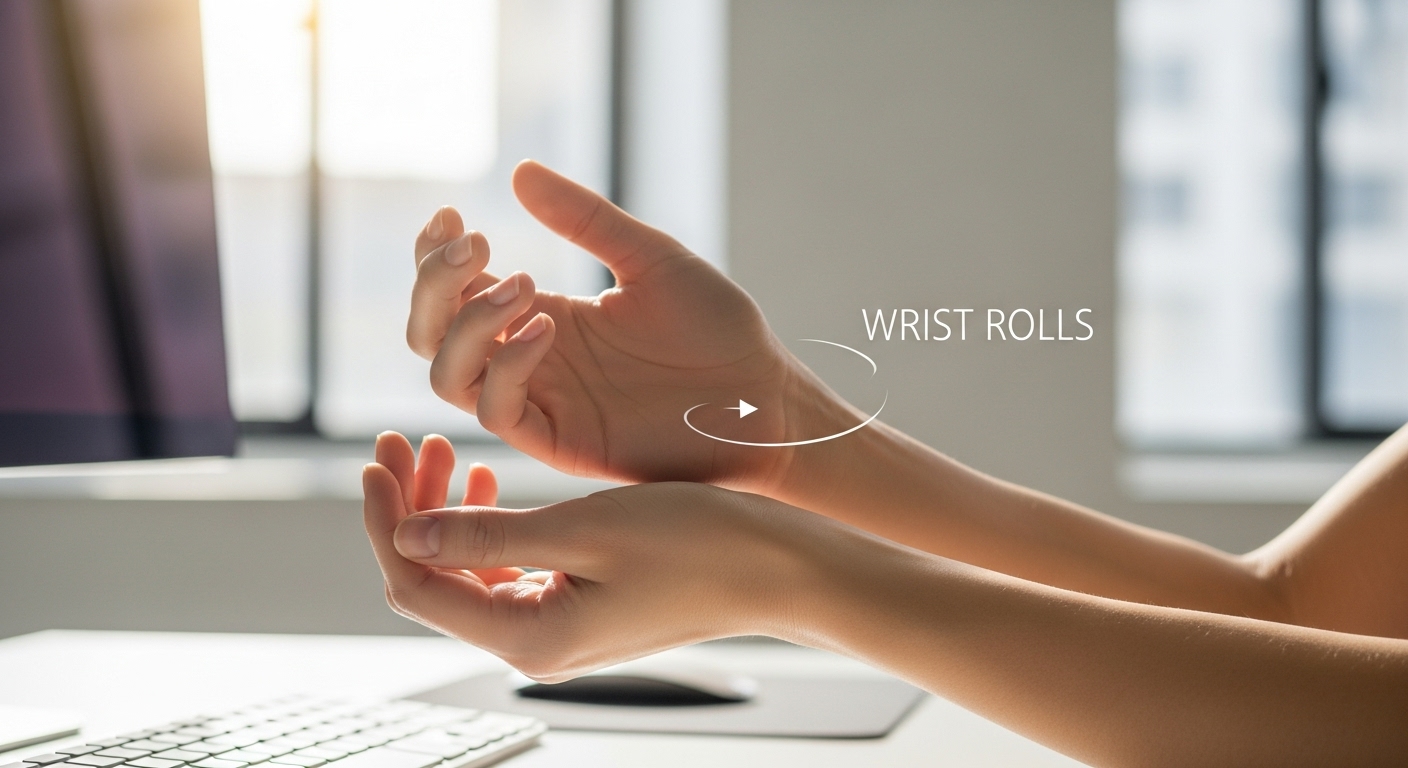
Tip
Set a reminder to move every 30–60 minutes — even just standing up for a minute helps.
💪 Strength Training
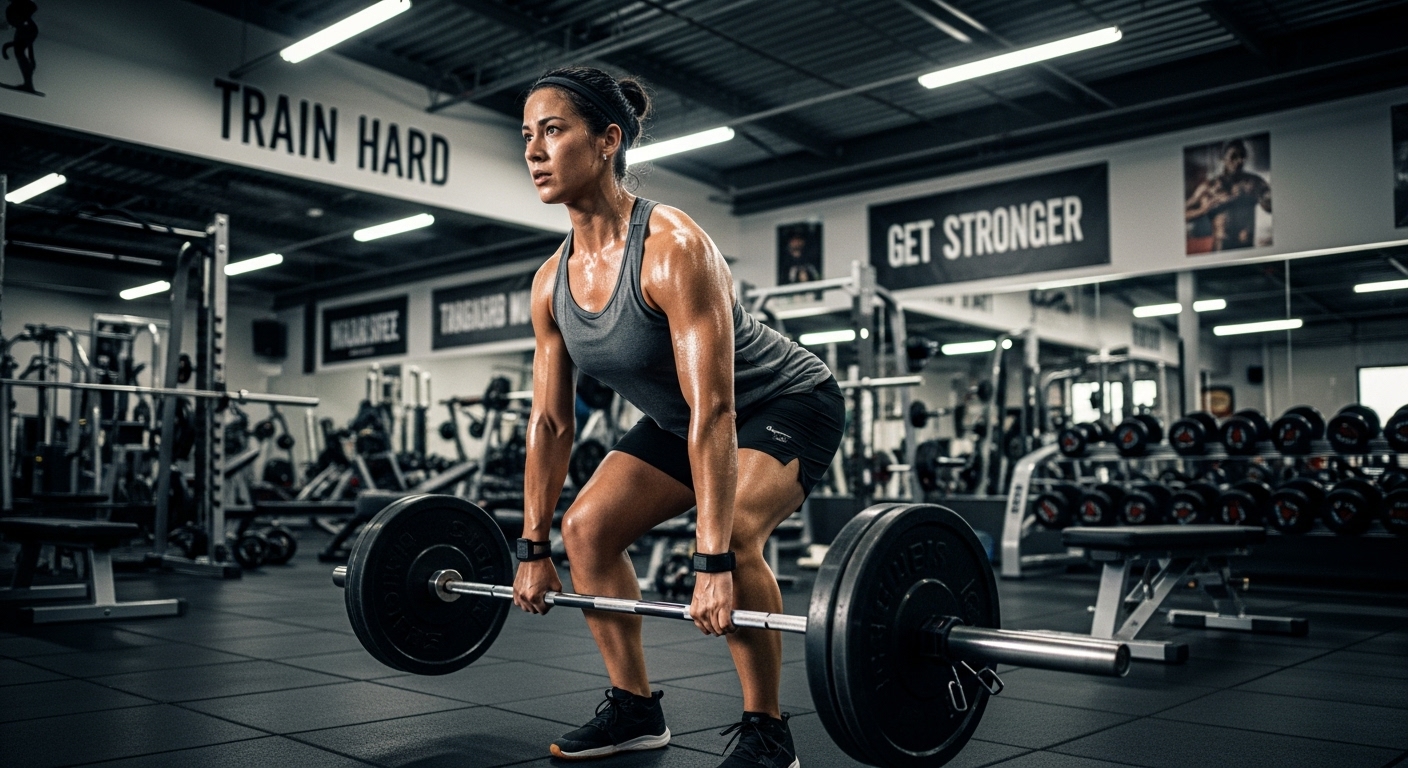
Building strength isn’t just for bodybuilders — it’s key to staying healthy, mobile, and independent as you age. Strength training helps tone muscles, improve bone density, and boost metabolism.
Why Strength Training?
- Increases muscle mass and strength
- Supports joint health and bone strength
- Enhances balance and reduces risk of falls
- Boosts overall energy and metabolism
Basic Strength Training Tips
-
Start with Bodyweight Exercises – Push-ups, squats, lunges, and planks are great beginners’ moves.
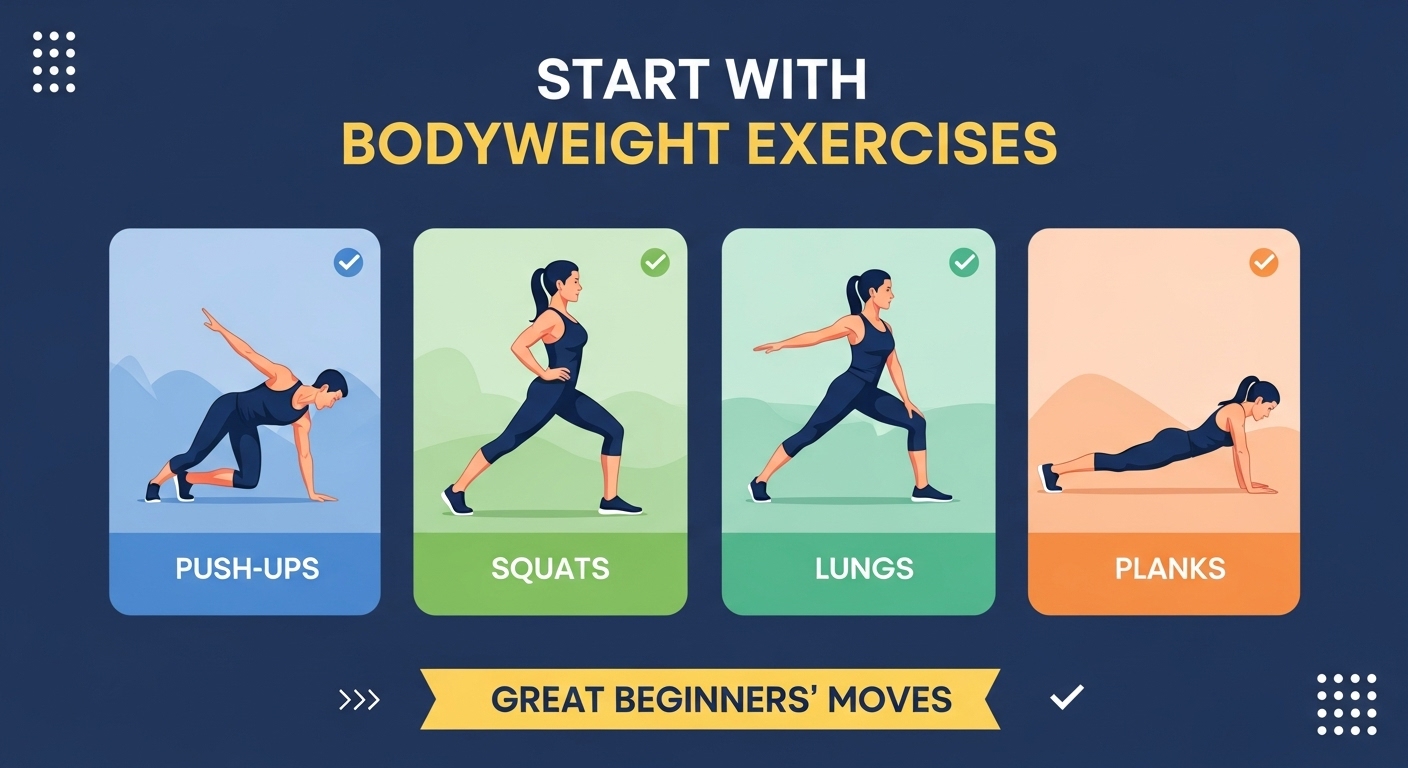
-
Use Weights or Resistance Bands – Gradually add dumbbells, kettlebells, or resistance bands to challenge your muscles.
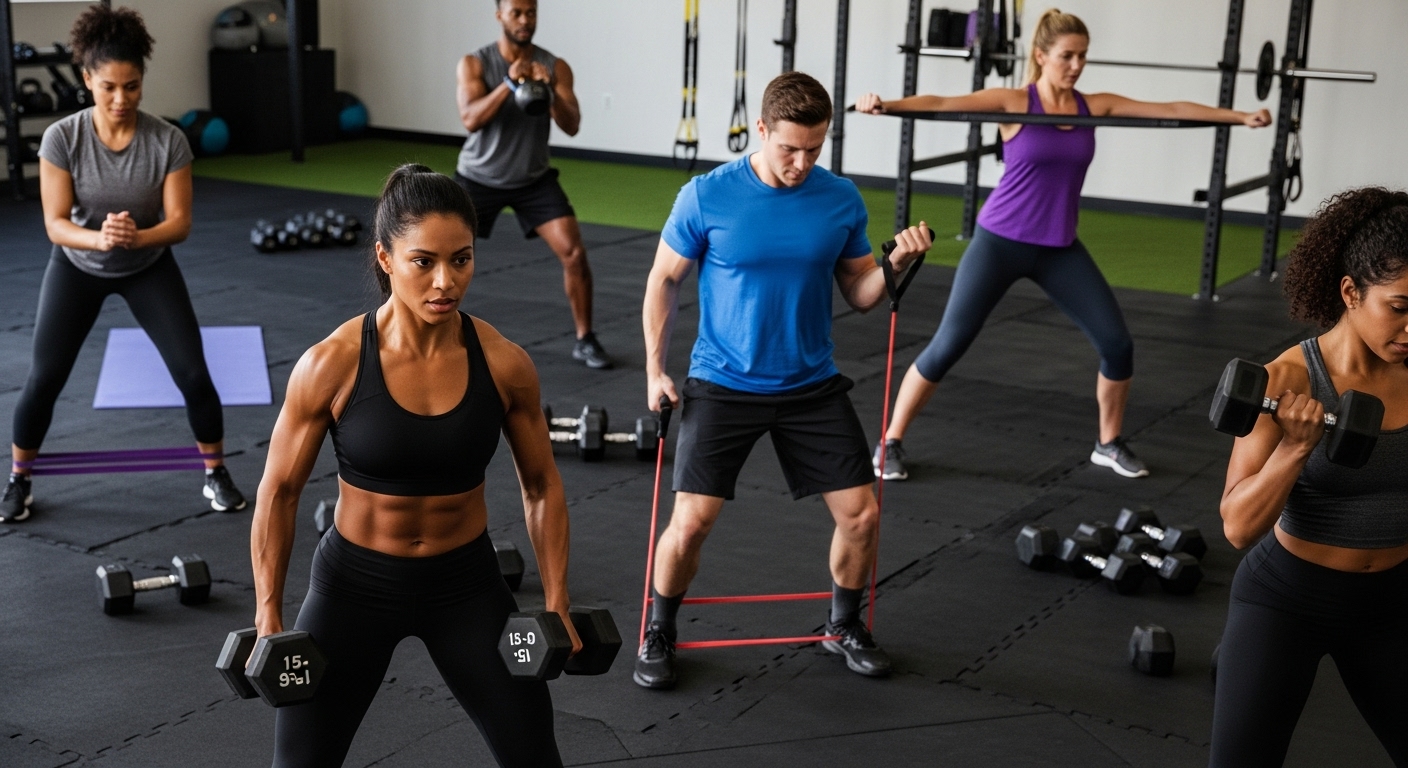
-
Focus on Form – Proper technique reduces injury risk. Move slowly and controlled.
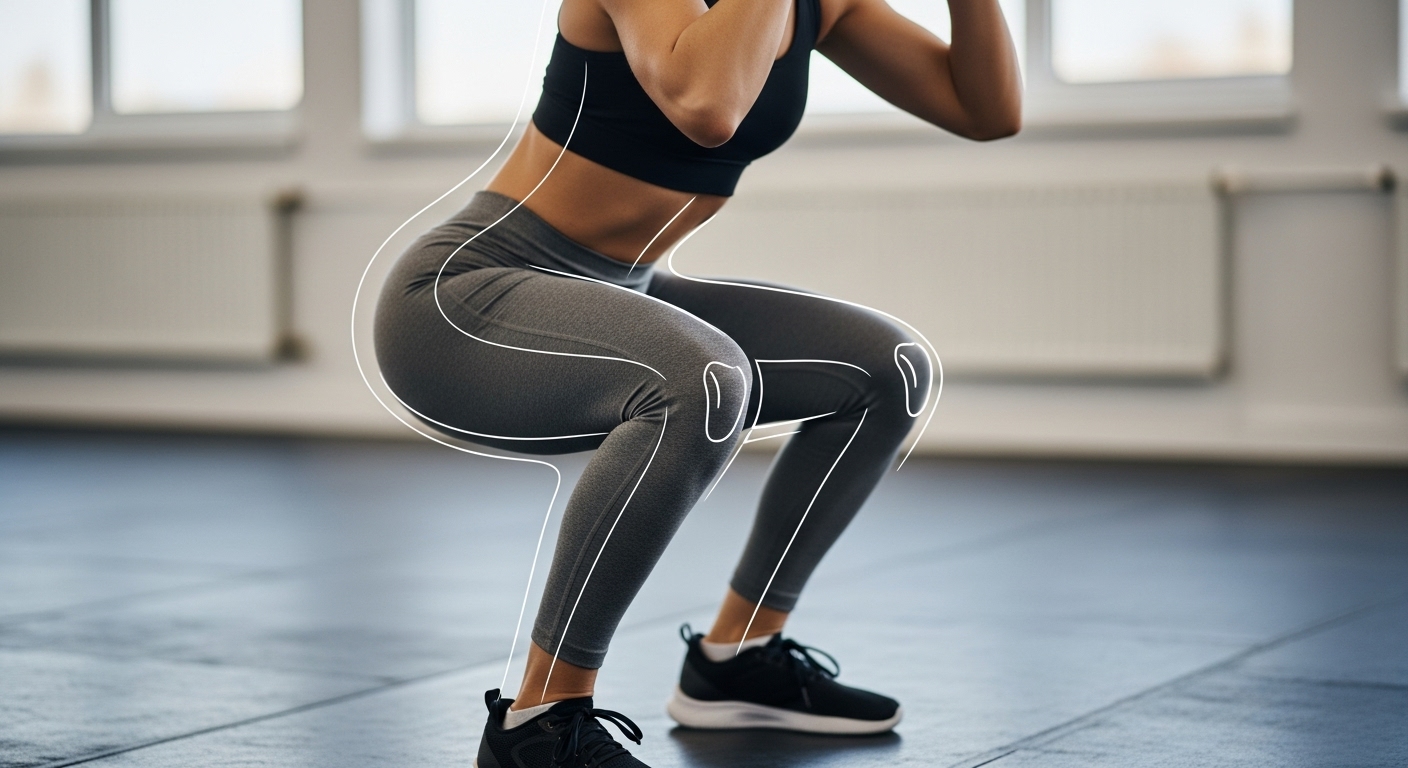
- Aim for 2–3 Sessions a Week – Allow rest days between workouts for recovery.
- Include All Major Muscle Groups – Legs, back, chest, arms, and core.
Quick Example Routine
- Squats — 3 sets of 12 reps
- Push-ups (modified if needed) — 3 sets of 10 reps
- Plank — Hold for 20-30 seconds, repeat 3 times
- Dumbbell Rows — 3 sets of 12 reps each side
❤️ Cardio Boost

Cardiovascular exercise gets your heart pumping, lungs working, and blood flowing — boosting endurance and overall health. It’s great for energy, mood, and heart health.
Why Cardio Matters
- Strengthens your heart and lungs
- Increases stamina and endurance
- Helps with weight management
- Releases feel-good endorphins
Easy Cardio Ideas
-
Brisk Walking or Jogging — Start with 10–30 minutes at your own pace.
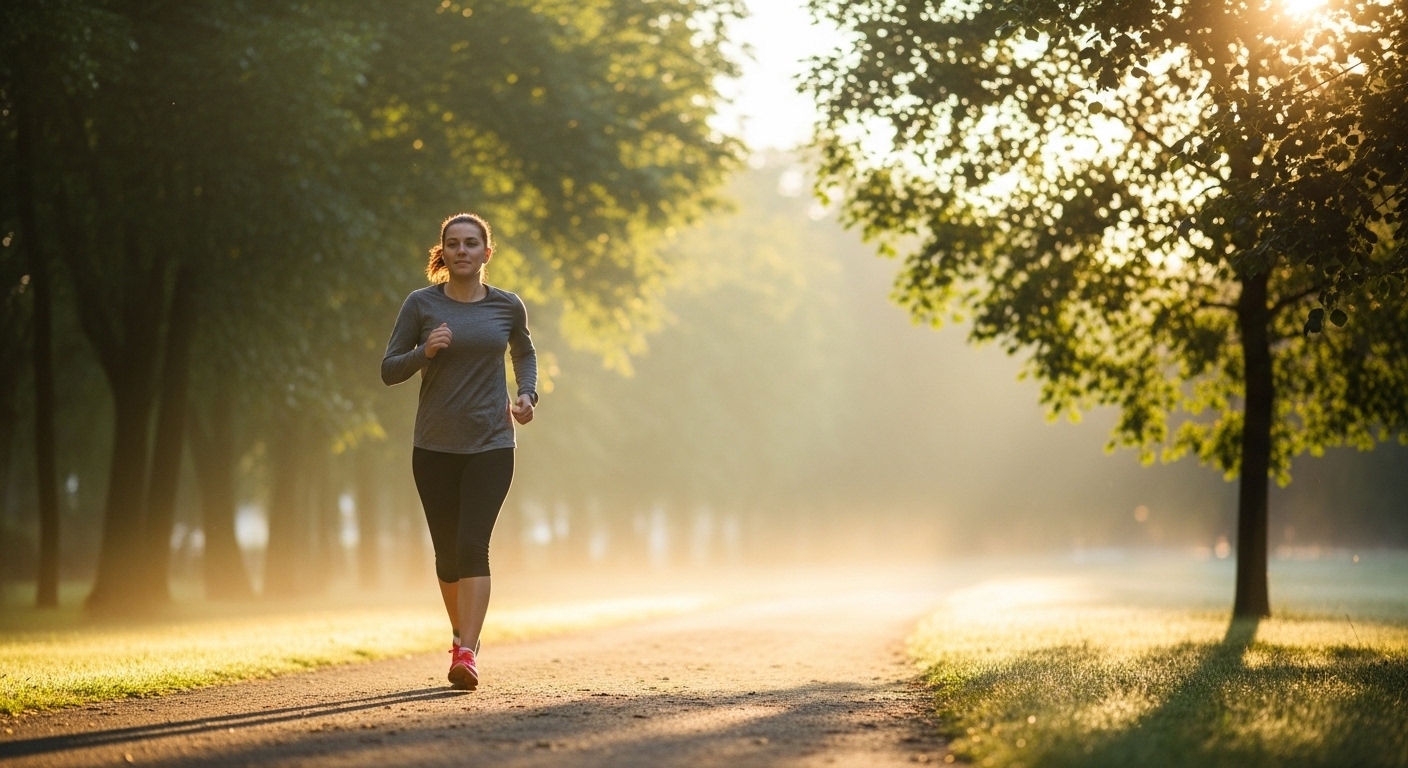
-
Jump Rope — A quick, effective way to raise your heart rate.
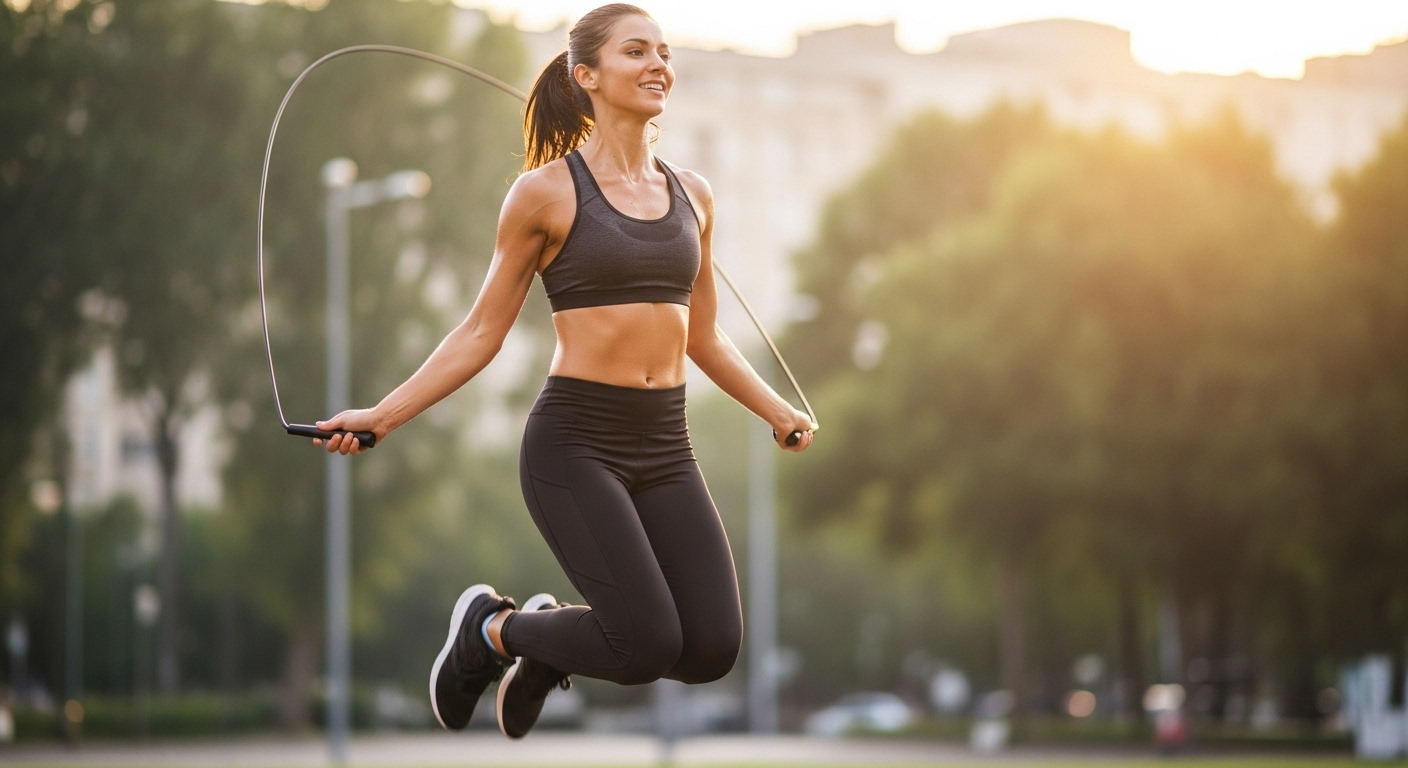
-
Dancing — Turn on your favorite music and move!

-
Cycling — Outdoors or stationary bike sessions.
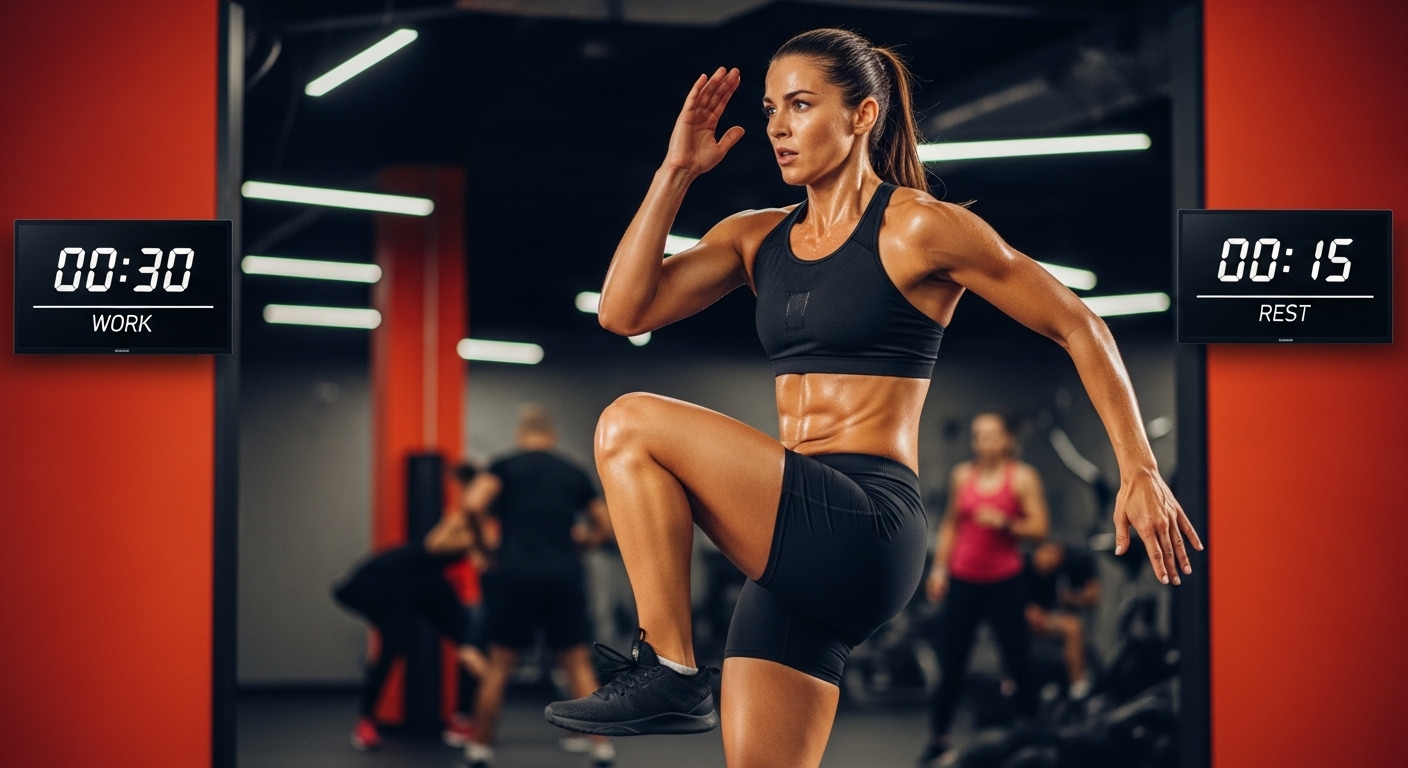
-
HIIT (High-Intensity Interval Training) — Short bursts of intense activity followed by rest.

Tip
Mix cardio with strength training and stretching for a balanced fitness routine.
🎯 Active Hobbies

Keeping active doesn’t have to be all about workouts — hobbies that get you moving can boost fitness while being super fun and rewarding!
Why Choose Active Hobbies?
- Makes exercise feel less like a chore
- Keeps you motivated through enjoyment
- Builds social connections and teamwork
- Improves coordination and mental well-being
Popular Active Hobbies
-
Gardening — Digging, planting, and weeding get you moving gently and connect you to nature.
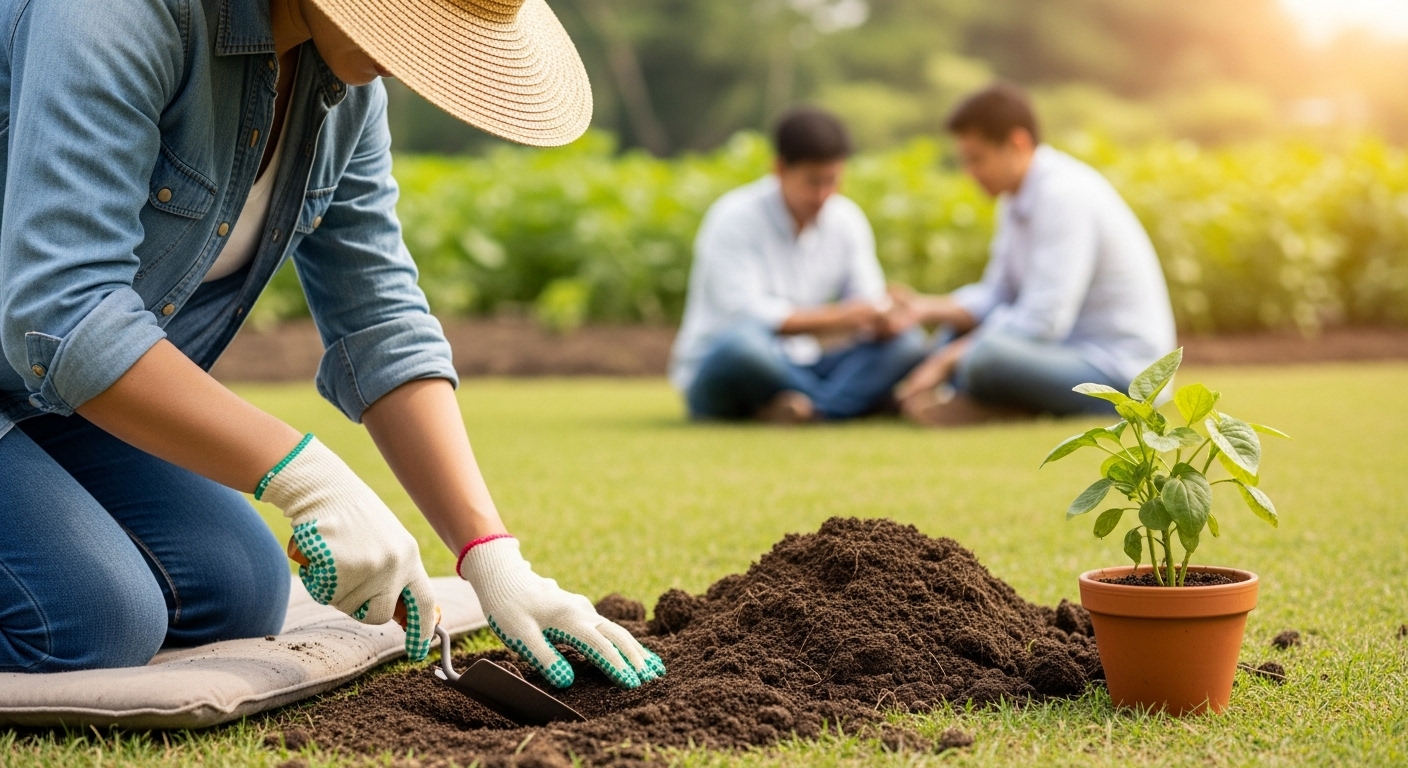
-
Dancing — From ballroom to hip-hop, dance is a full-body workout and a mood booster.
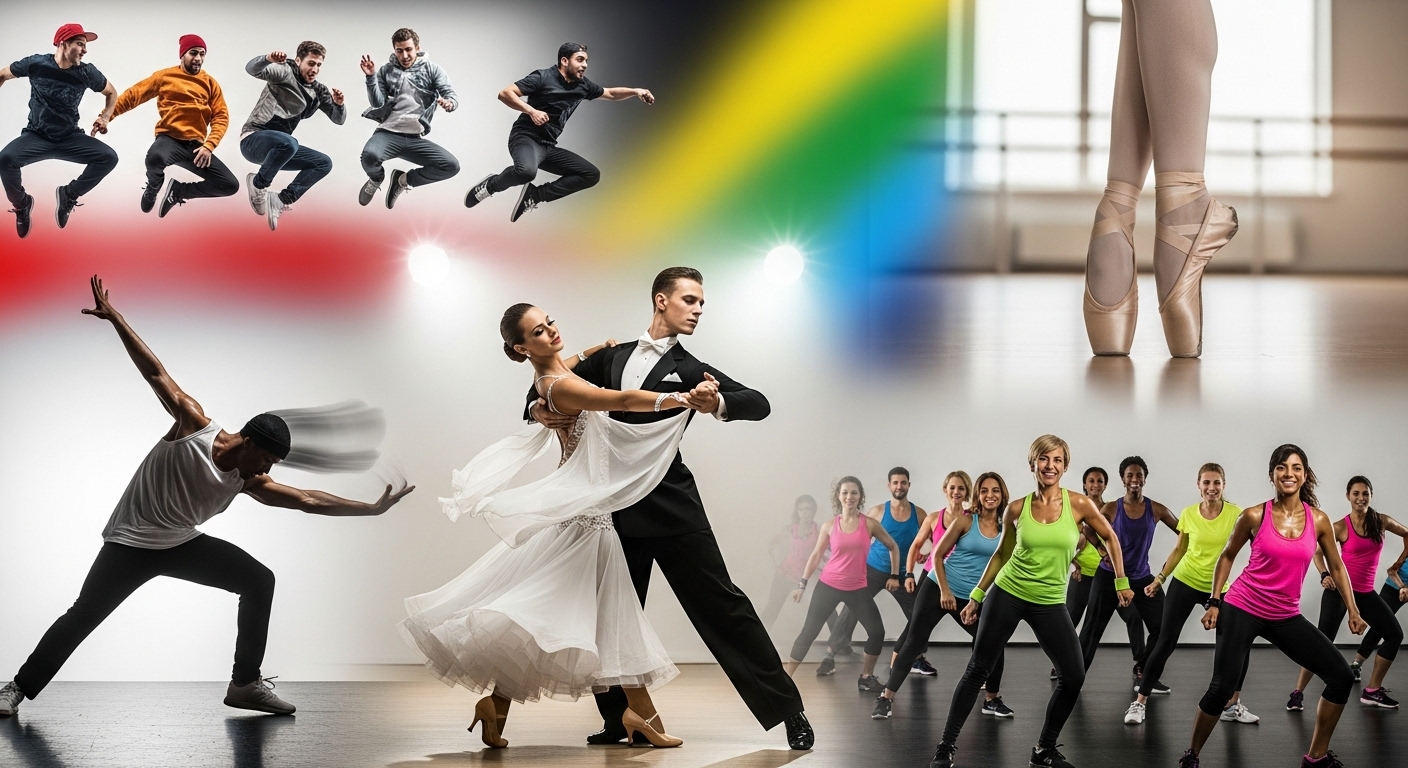
-
Cycling — Explore your neighborhood or trails while building stamina.
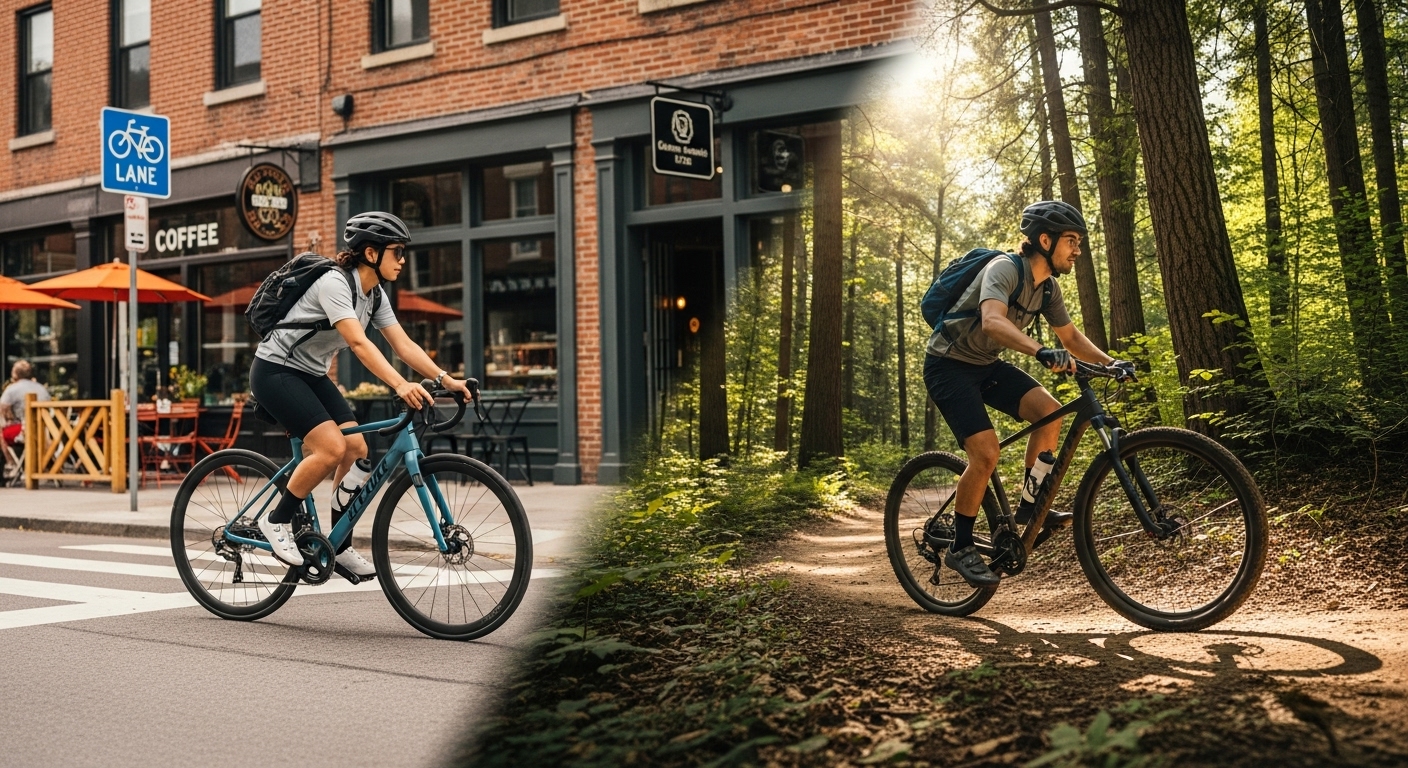
-
Swimming — Low-impact and great for strength and cardio.
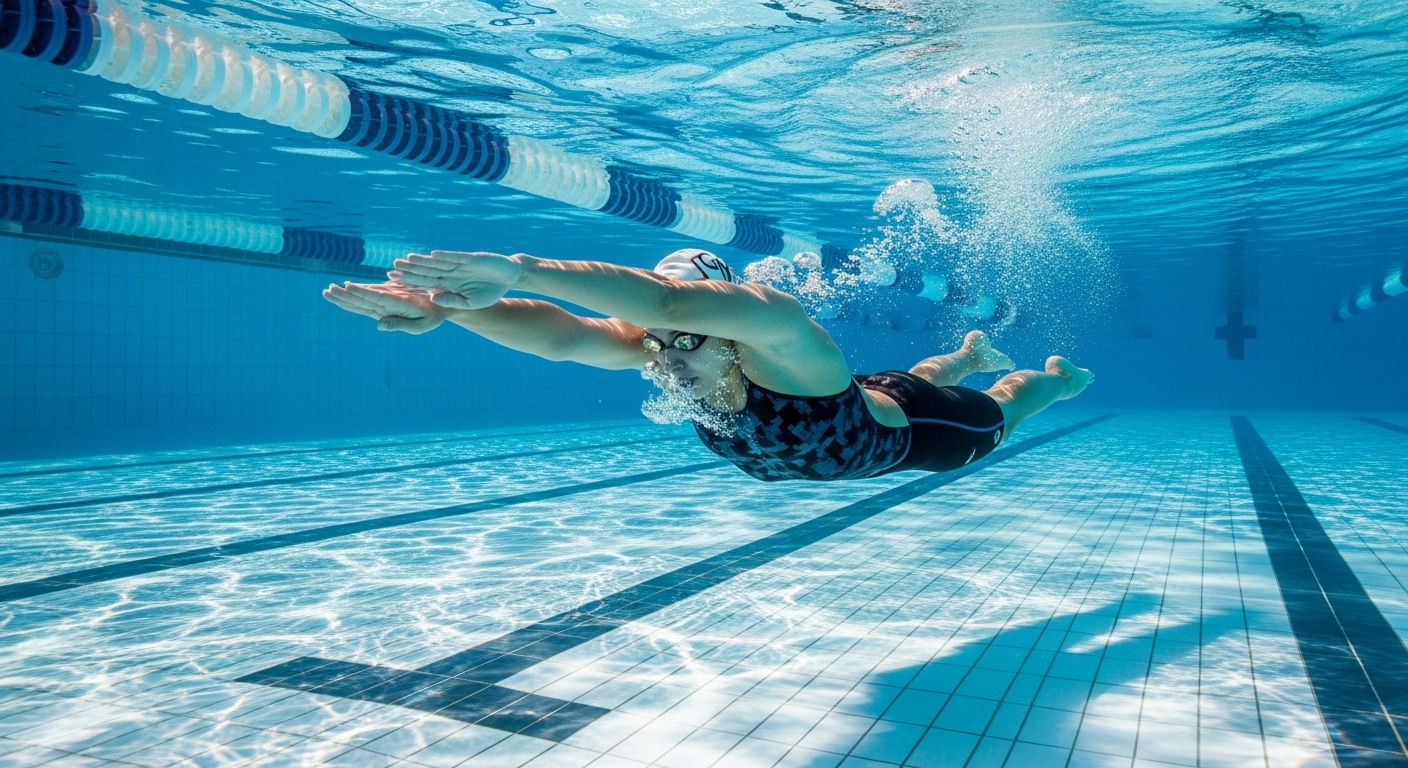
-
Hiking — Connect with nature and improve endurance on trails.
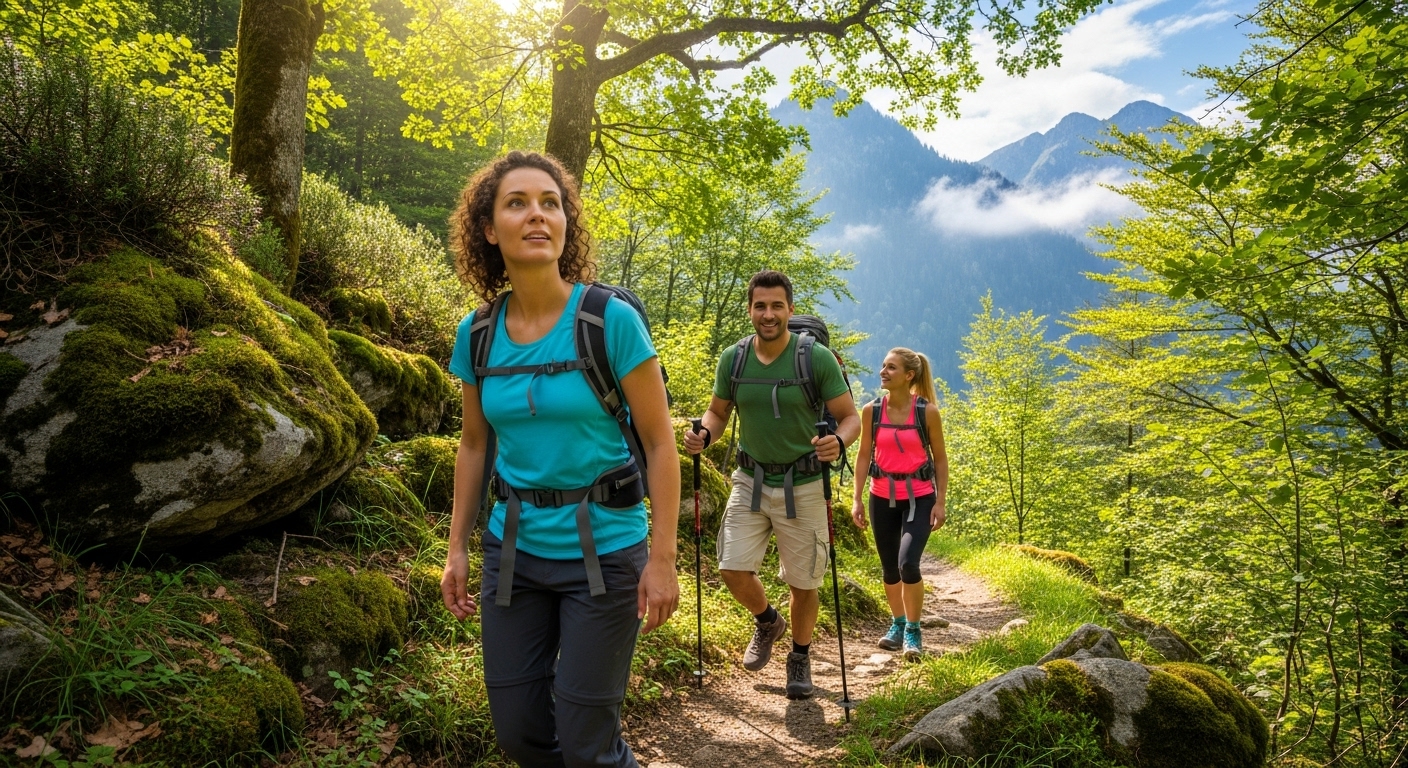
-
Team Sports — Soccer, basketball, or volleyball for fun and friendly competition.
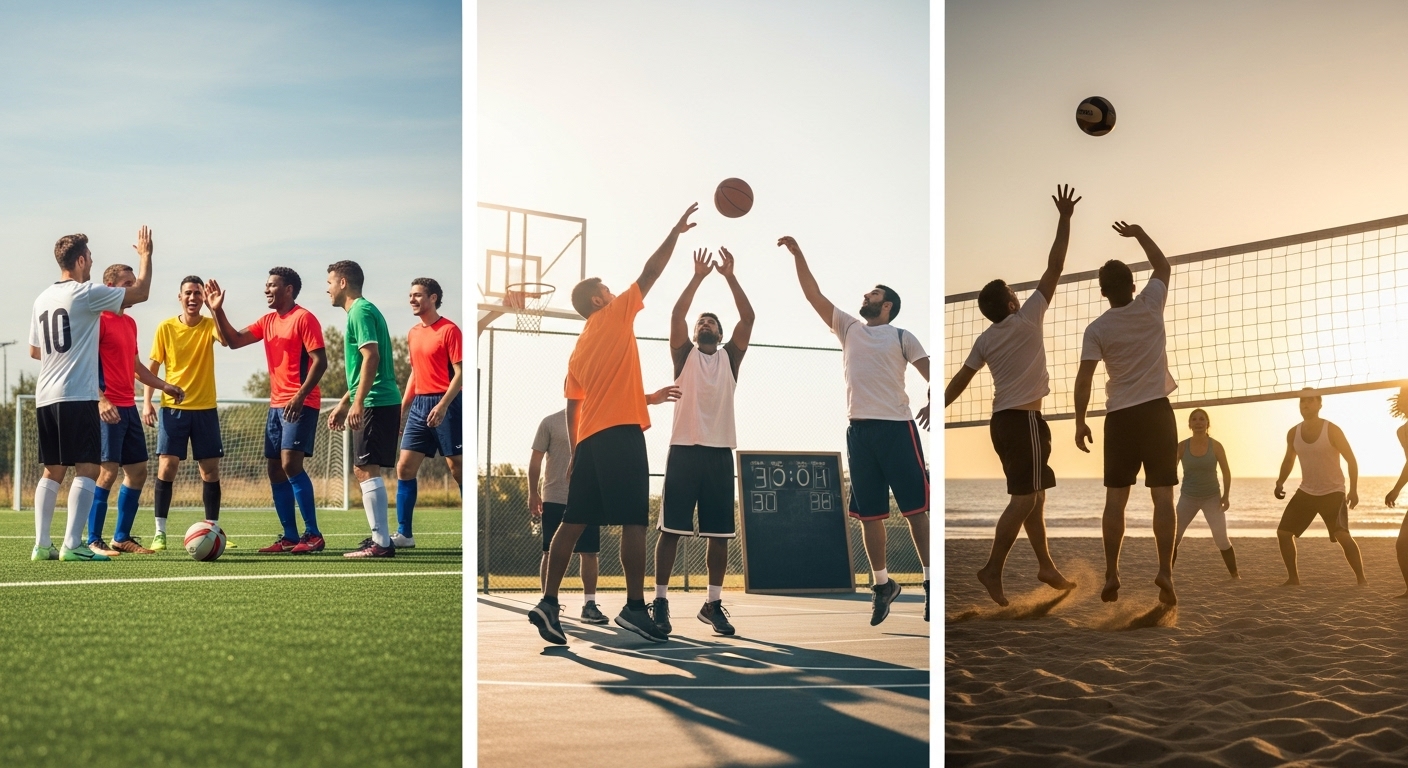
Tip
Pick a hobby you love — that’s the best way to stay active consistently!
🧘 Posture Check
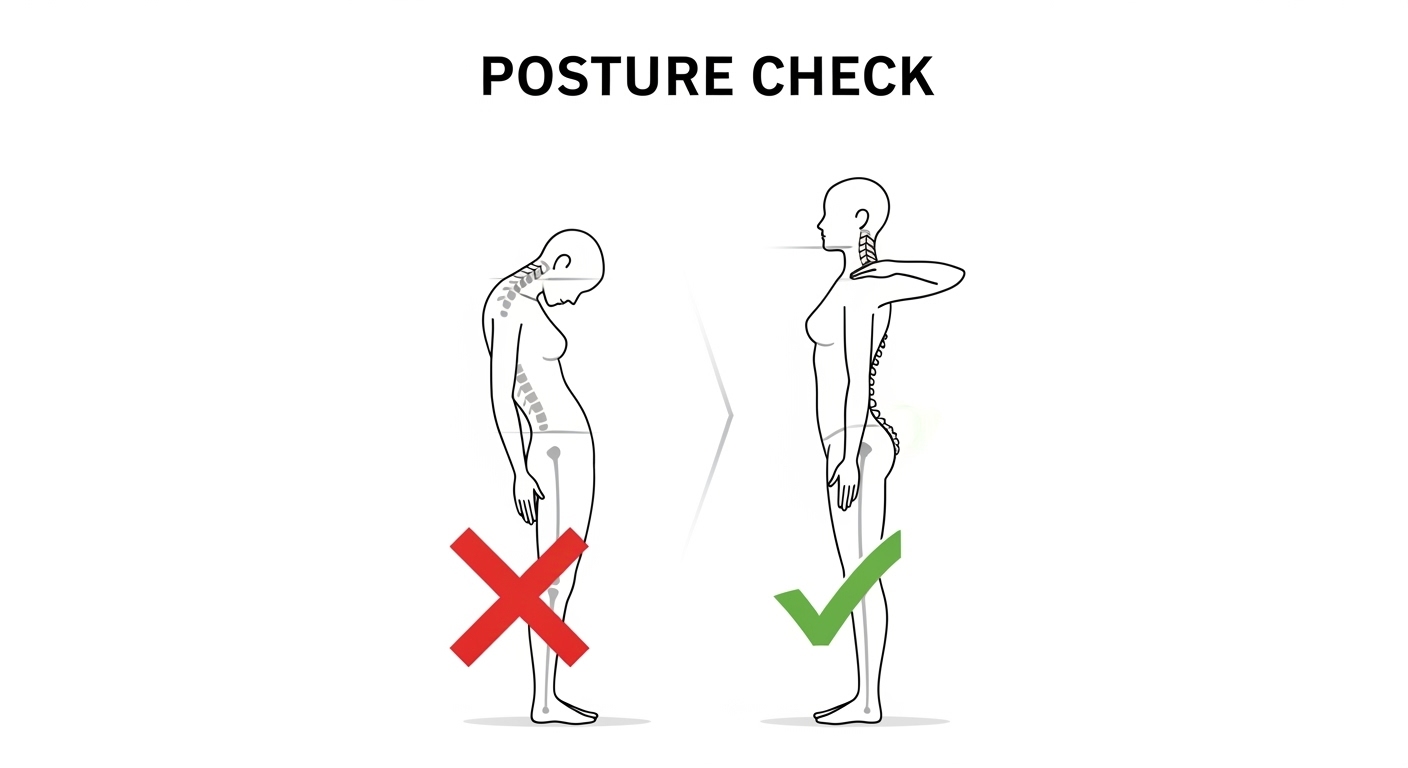
Good posture supports your spine, reduces fatigue, and prevents aches caused by long hours of sitting or standing. Take a moment to check and correct your posture throughout the day!
Why Posture Matters
- Prevents neck, back, and shoulder pain
- Improves breathing and digestion
- Enhances focus and confidence
- Supports joint and muscle health
Quick Posture Check Steps
-
Head: Keep your ears aligned over your shoulders, not forward.
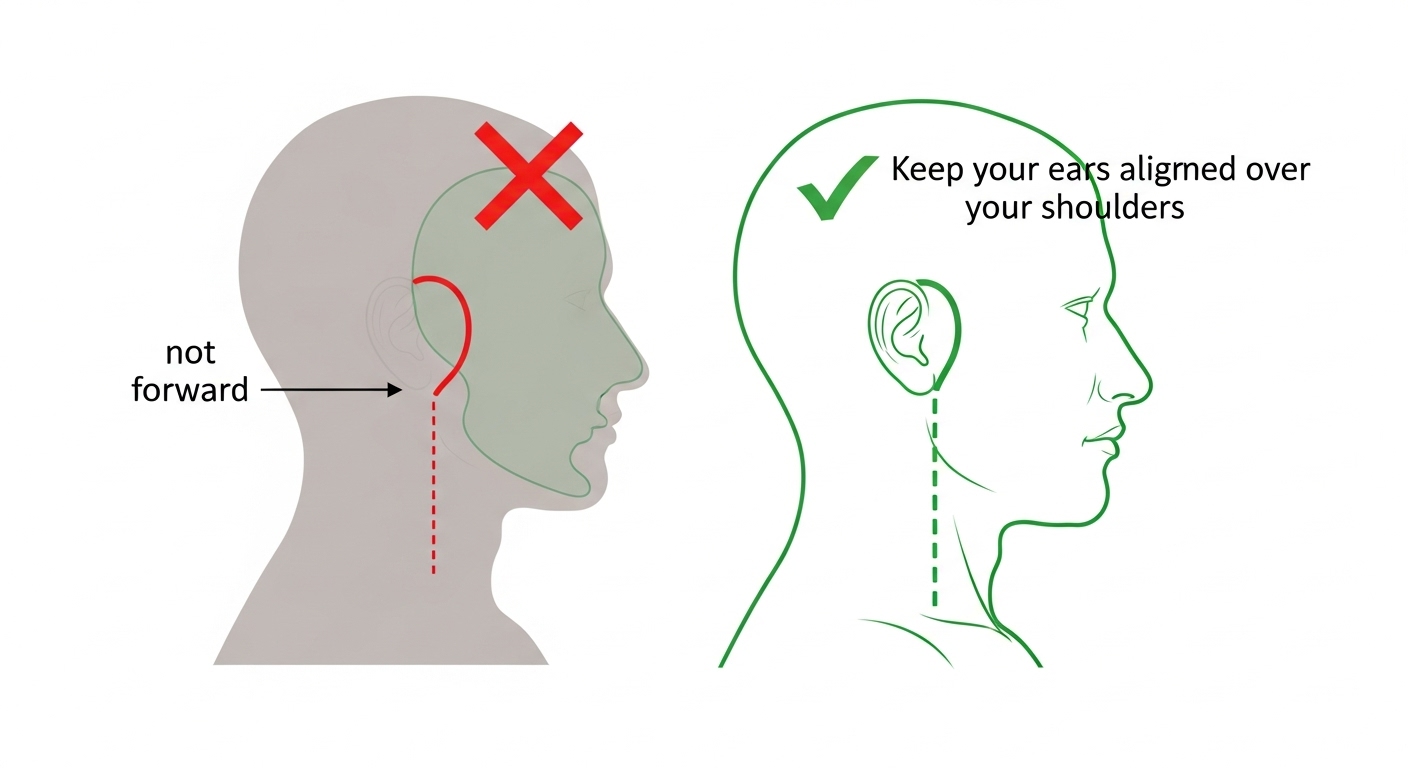
-
Shoulders: Relax and pull them slightly back and down.
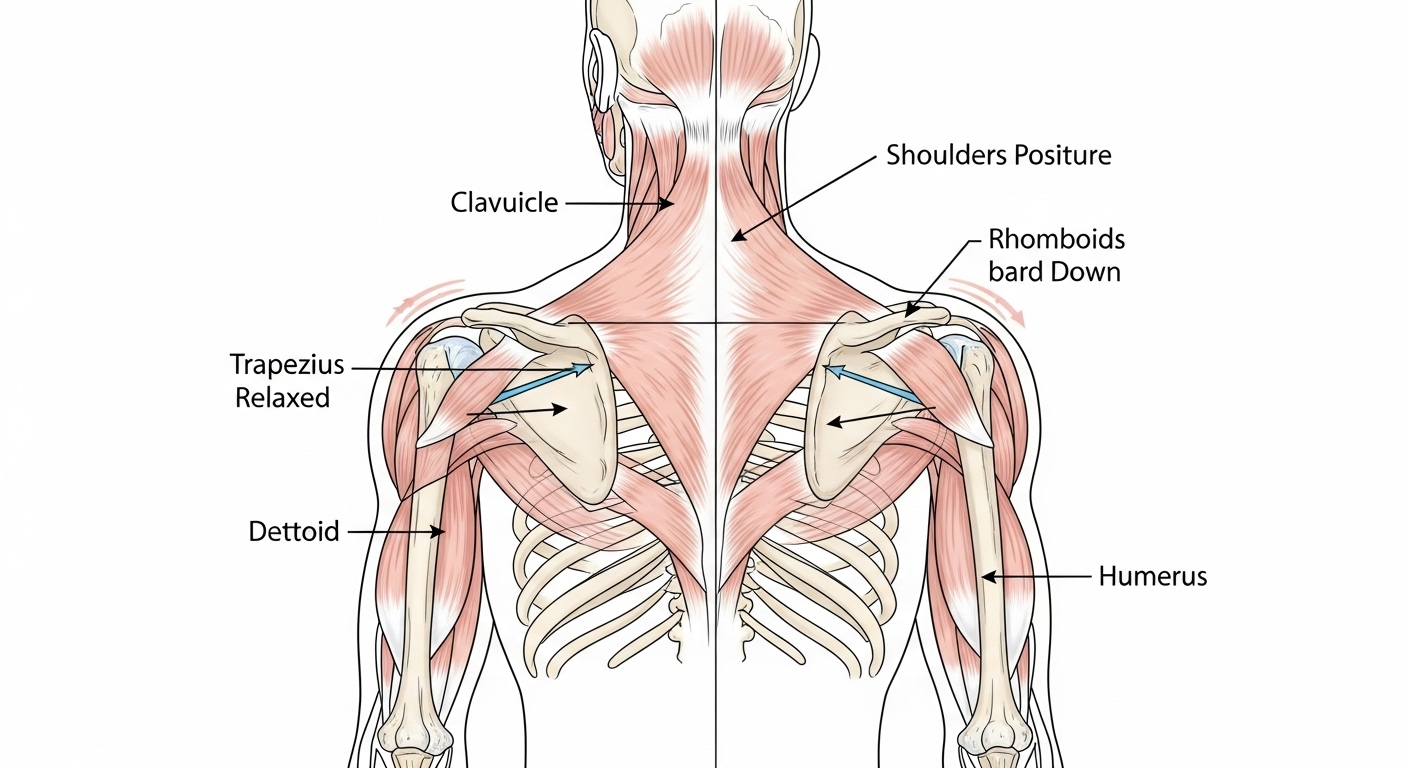
-
Spine: Maintain a natural curve; avoid slouching.
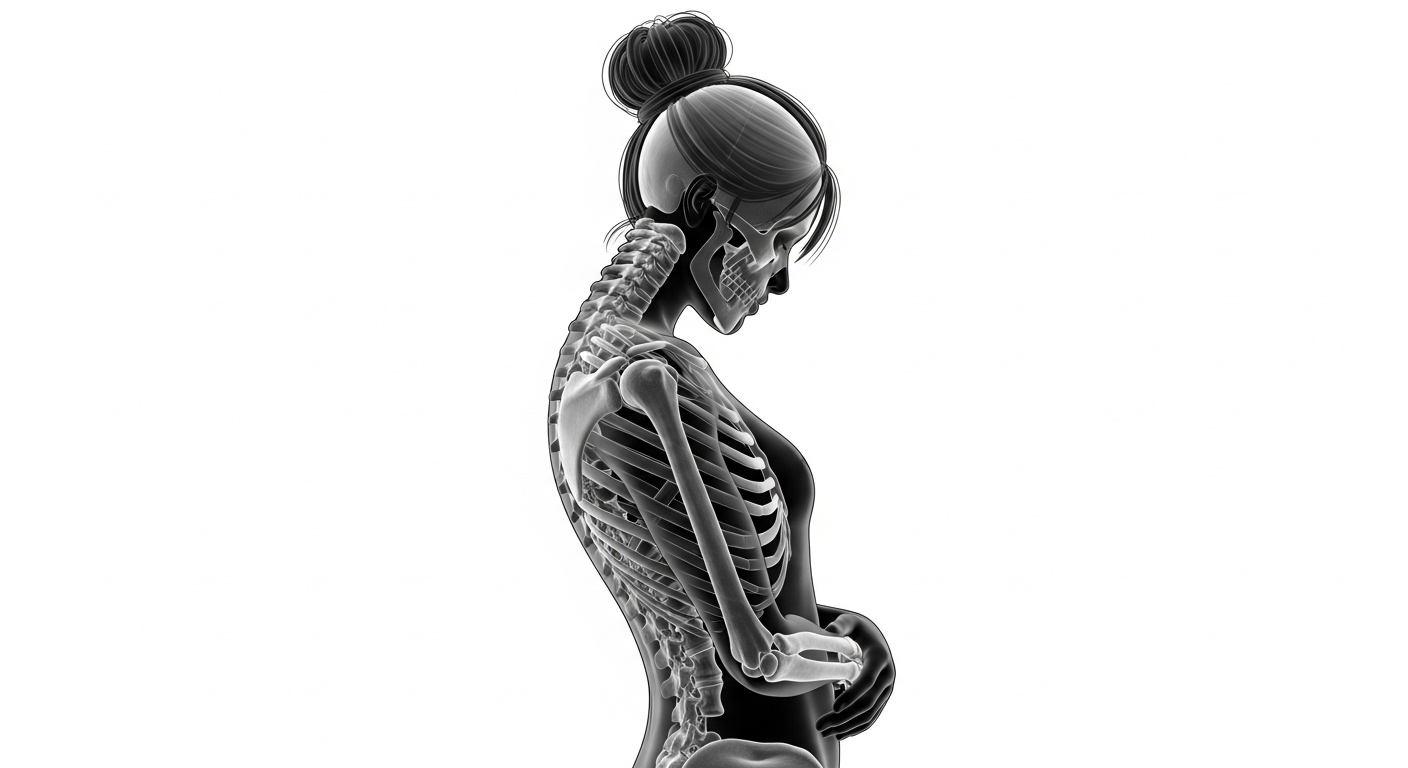
-
Hips: Sit with your hips back in the chair, feet flat on the floor.
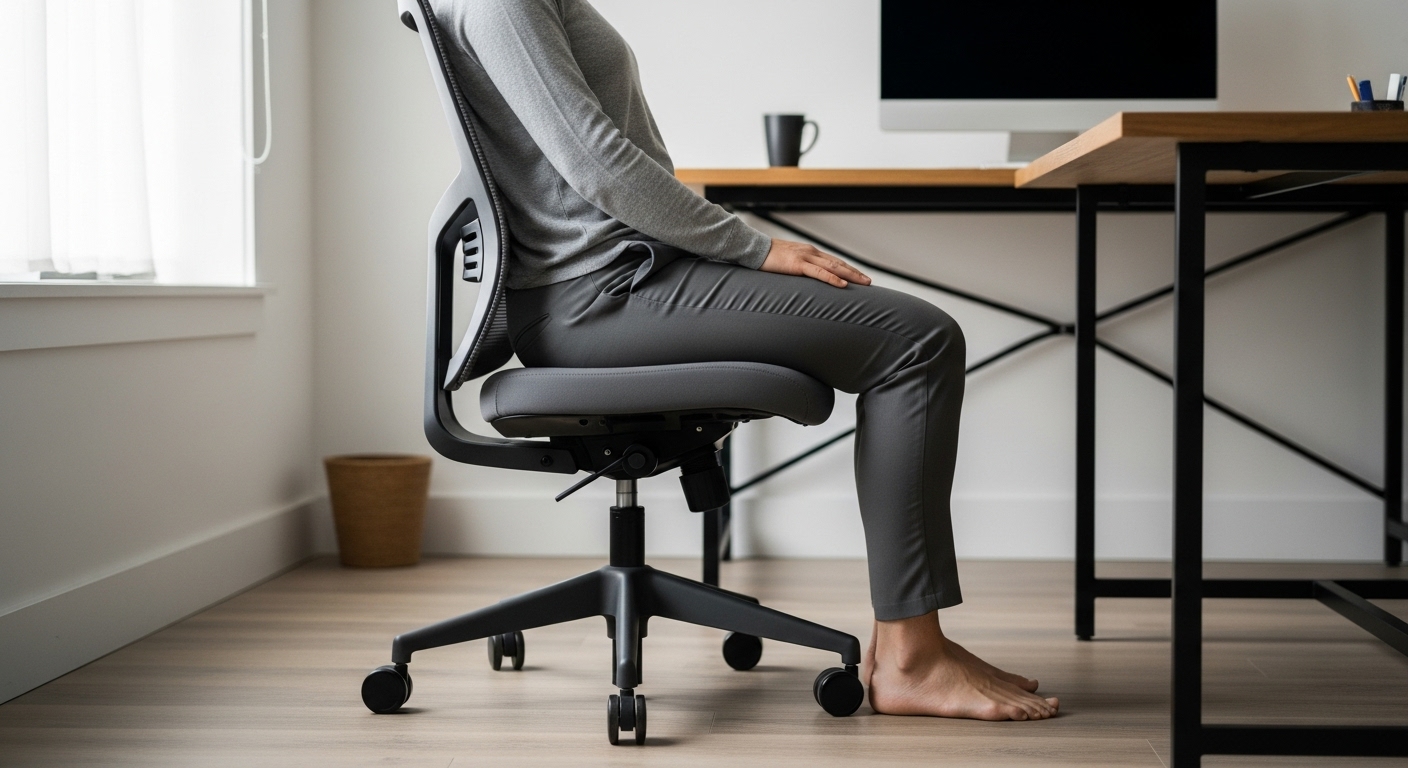
-
Knees: Keep knees at about hip level, not crossed.
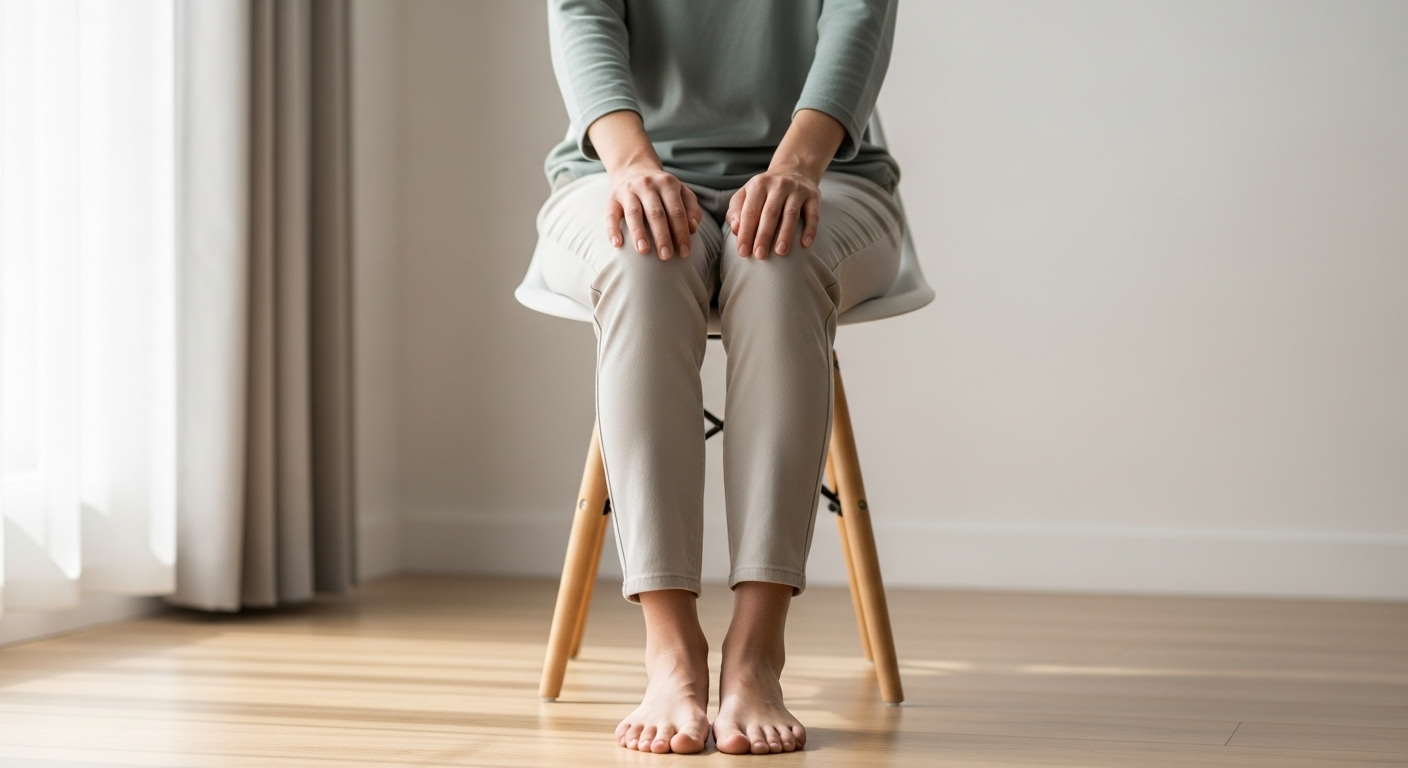
Tip
Set a gentle timer every hour to remind you to reset your posture. Small adjustments add up!
⏰ Movement Reminders
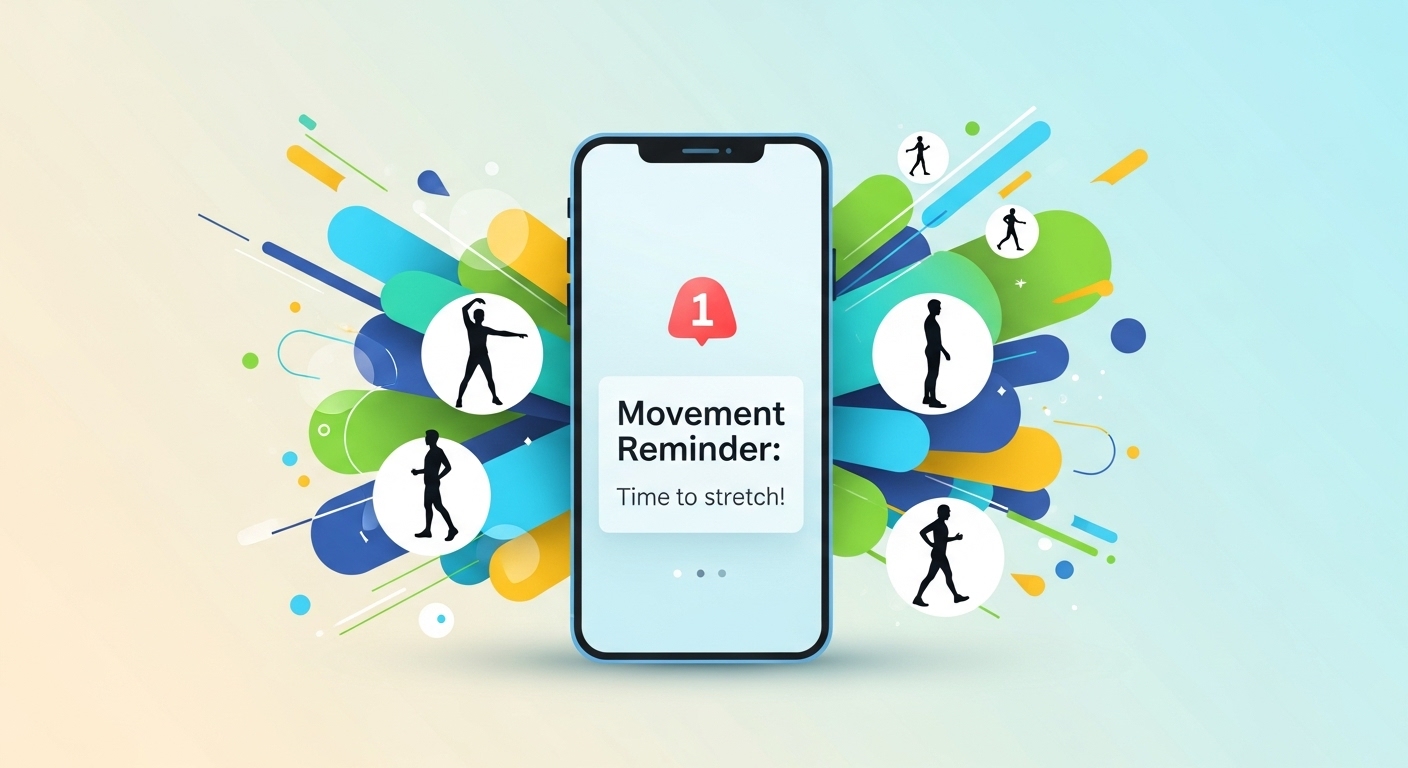
Staying active doesn’t always mean long workouts—sometimes, small and regular reminders to move can make all the difference for your health and energy levels.
Why It’s Helpful
- Breaks long sitting periods for better circulation
- Helps maintain energy and focus
- Supports better posture and mobility
- Reduces stiffness and muscle tension
Simple Ways to Remind Yourself
- Set an hourly timer to stand and stretch
- Use a reminder app or smartwatch alert
- Refill your water bottle regularly
- Play a short song and move for a few minutes
- Take a quick walk, even just around the room
Tip
Pair movement with something enjoyable—like music, chatting with a friend, or a snack break—to make it a habit you’ll look forward to.
🐾 Playtime with Family or Pets
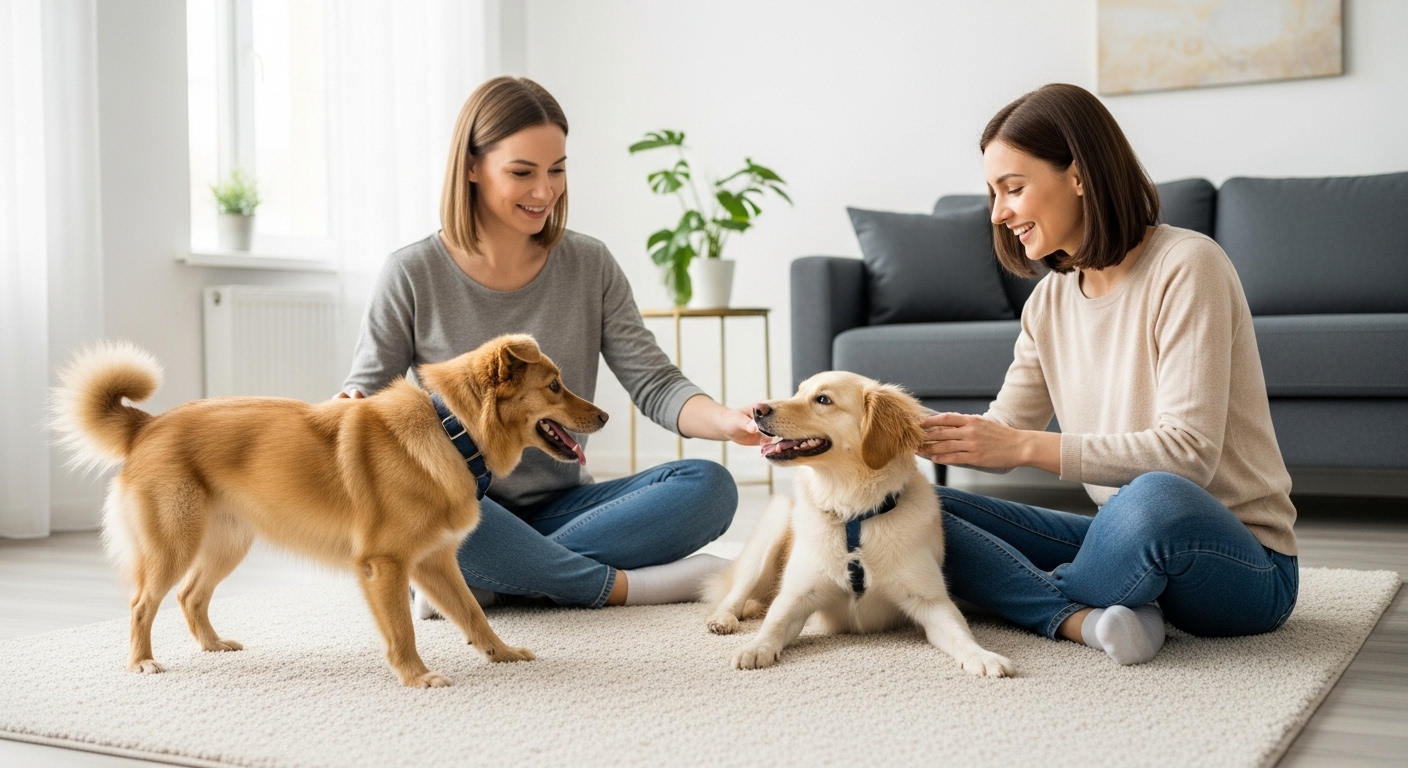
Staying active can be fun and fulfilling when shared with loved ones—whether it’s family or furry friends! Playtime helps build bonds while keeping everyone moving and happy.
Why It’s Great
- Strengthens emotional connections
- Encourages movement in a playful way
- Reduces stress and lifts mood
- Promotes social interaction and joy
Fun Ideas for Playtime
- Playing Fetch or Tug-of-War with your dog
- Tag or Hide-and-Seek games with kids or family members
- Family walks or bike rides around the neighborhood
- Dance parties with everyone joining in
- Gardening or backyard games that get everyone moving
Tip
Make it a regular habit—playtime is a perfect way to stay active without it feeling like exercise!
🌙 End-of-Day Relaxation

After a busy day, winding down with gentle movement and mindfulness helps your body recover and prepares you for restful sleep. Relaxation isn’t just rest — it’s active self-care.
Why It Matters
- Reduces muscle tension and stress
- Lowers heart rate and blood pressure
- Enhances sleep quality
- Promotes mental clarity and calmness
Simple Relaxation Techniques
- Gentle yoga or stretching focusing on breath and slow movements
- Deep breathing exercises like box breathing or diaphragmatic breathing
- Progressive muscle relaxation — tensing and relaxing muscles from head to toe
- Meditation or guided imagery to calm the mind
- Warm bath or light massage to soothe tired muscles
Tip
Create a relaxing routine and stick to it nightly to signal your body it’s time to unwind.
Frequently Asked Questions
How often should I do the morning stretch routine?
It’s best to do the morning stretch routine daily or whenever you wake up to help loosen muscles and improve circulation.
Can I do strength training without weights?
Absolutely! Bodyweight exercises like push-ups, squats, and planks are excellent for building strength without any equipment.
How do I remember to take movement breaks during work?
Setting phone or computer alarms every 30–60 minutes and using reminder apps can help you stay consistent with movement breaks.
What are some fun ways to stay active with my family or pets?
Playing fetch with pets, going on family walks, dancing together, or backyard games are enjoyable ways to stay active with loved ones.
